
Fun fact: Buttonwillow Raceway is the first race track I ever shot, aside from the various drag strips dotting the landscape of New Jersey, Maryland, and Pennsylvania. My first trip there was 13 years ago this year, for this very event, known only as Super Lap Battle back then.
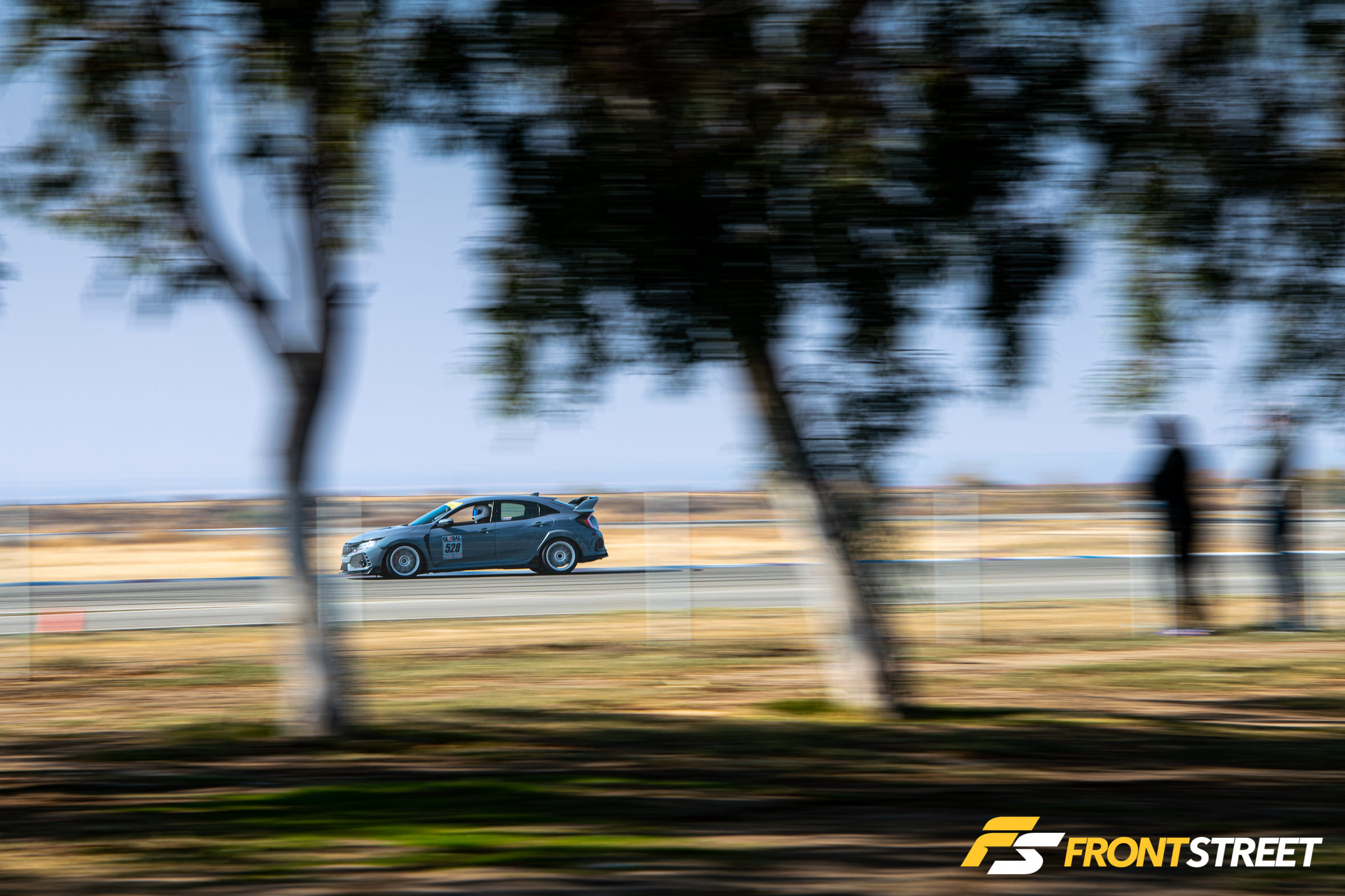
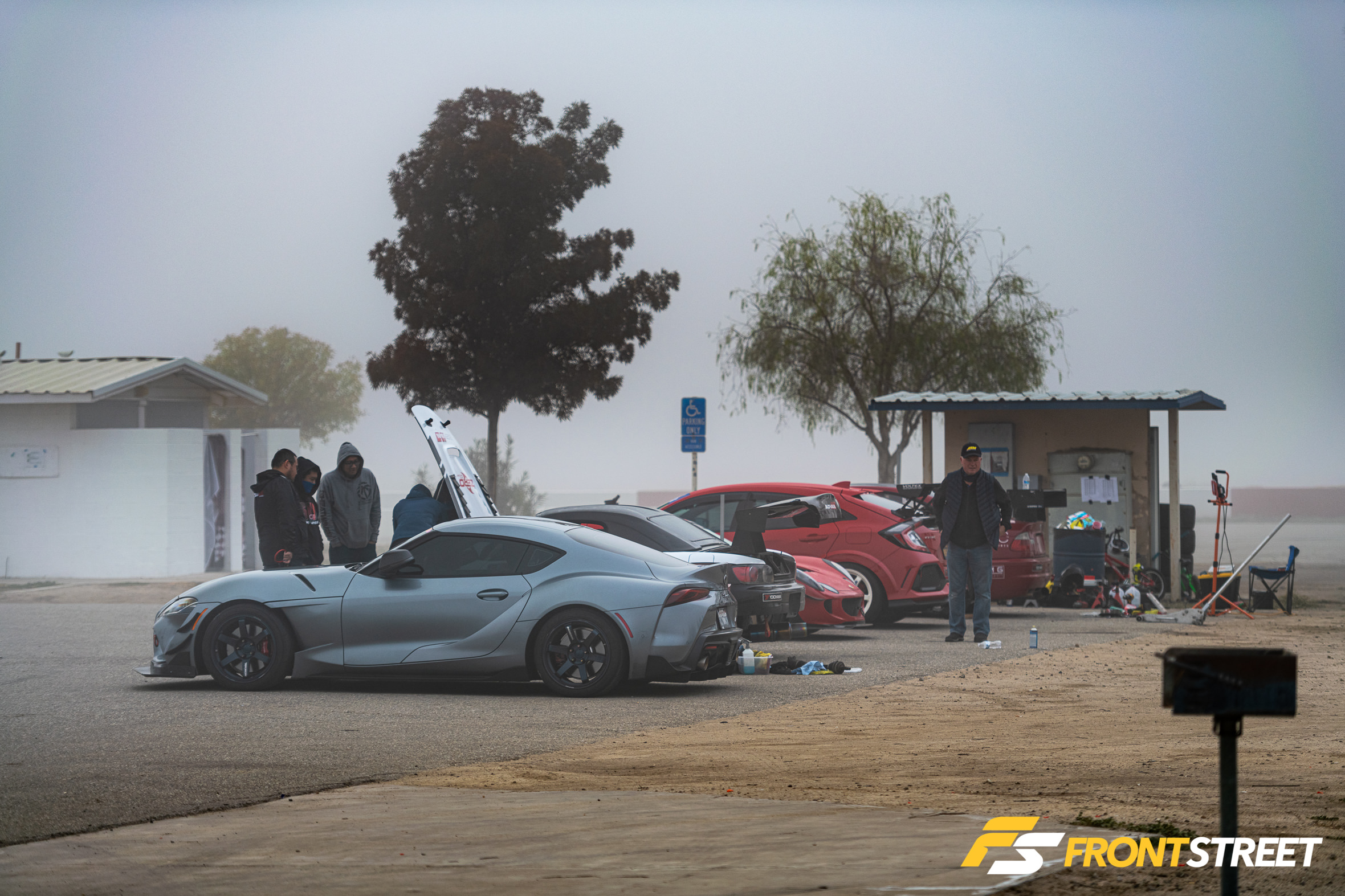
In the nearly decade and a half that has since passed, the event itself and the sport of time attack have undergone some pretty significant changes, but some of the best things about both have remained constant. Today, in this stranger-than-fiction year fragmented by a global pandemic and widespread economic uncertainty, the importance of both change and persistence has become more apparent than ever. Here are eight examples of each that left the most lasting impressions on me during my most recent trip to time attack’s home in the U.S.
2020: Much Faster Than Previous Years
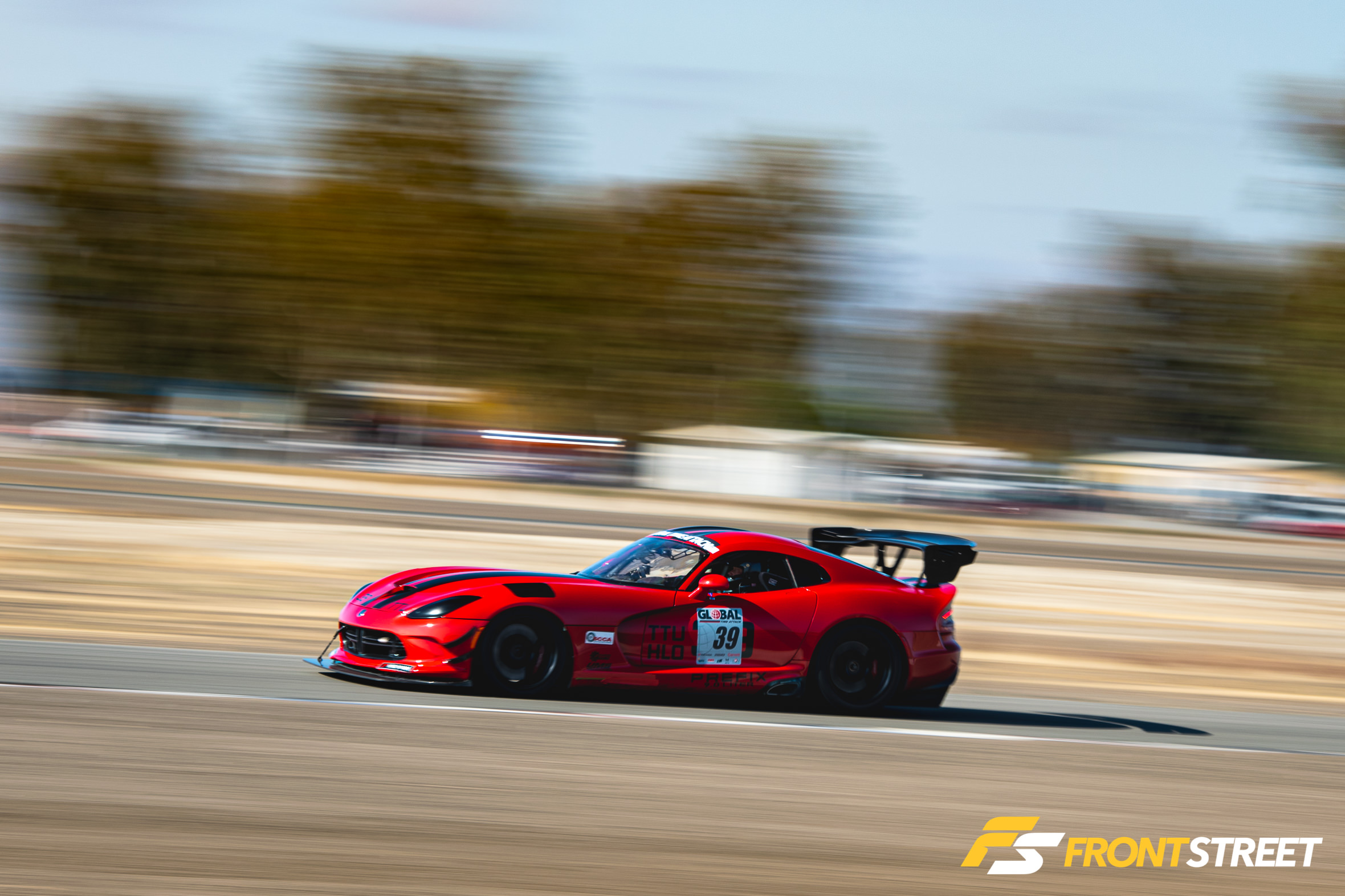
It’s probably safe to say that most of us are OK with 2020 going by more quickly than most years. While that, unfortunately, might not feel like the case, time attackers in the 2020 Global Time Attack (GTA) Finals have gone by the start/finish line much faster than they have in past years.
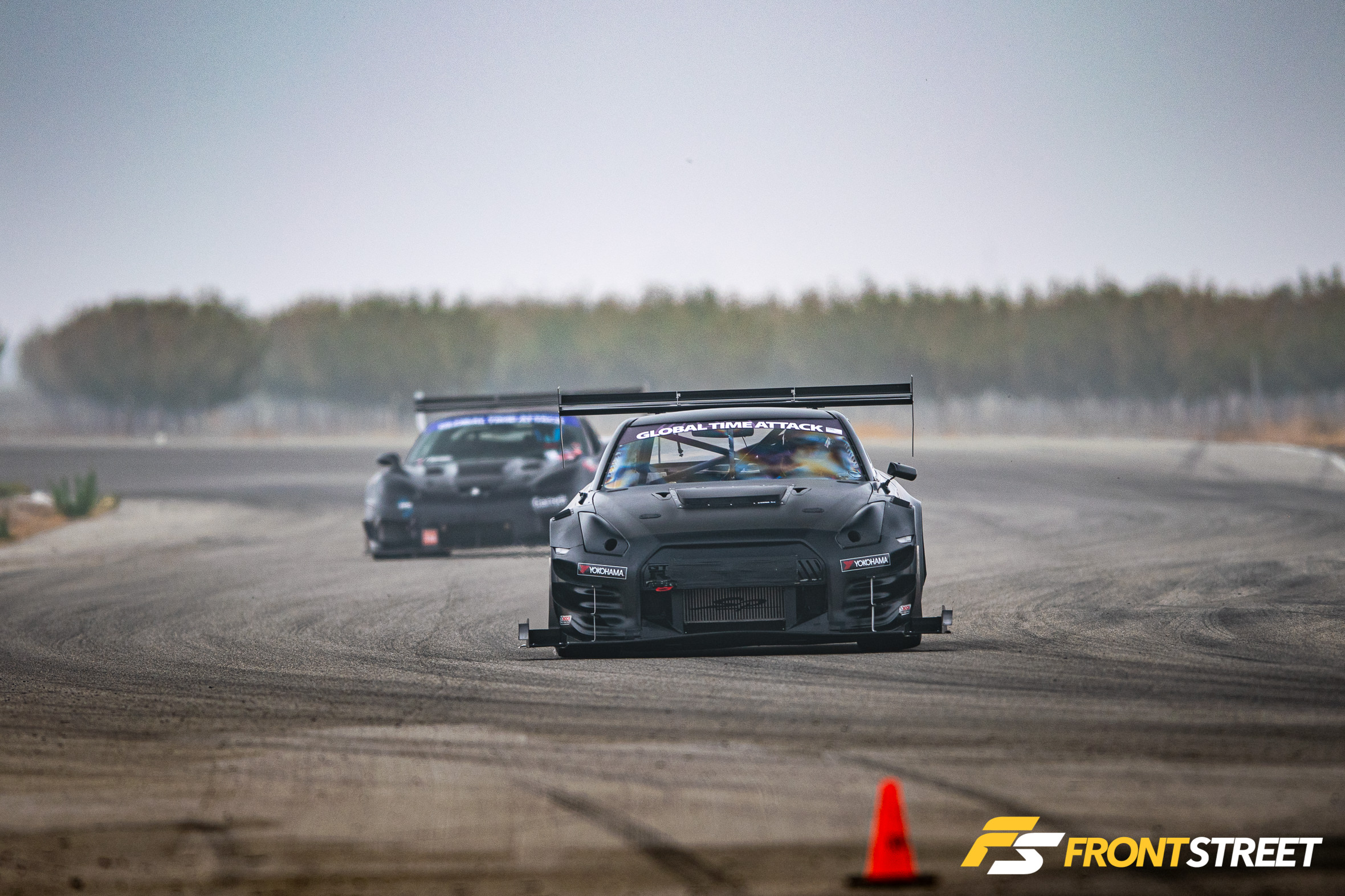
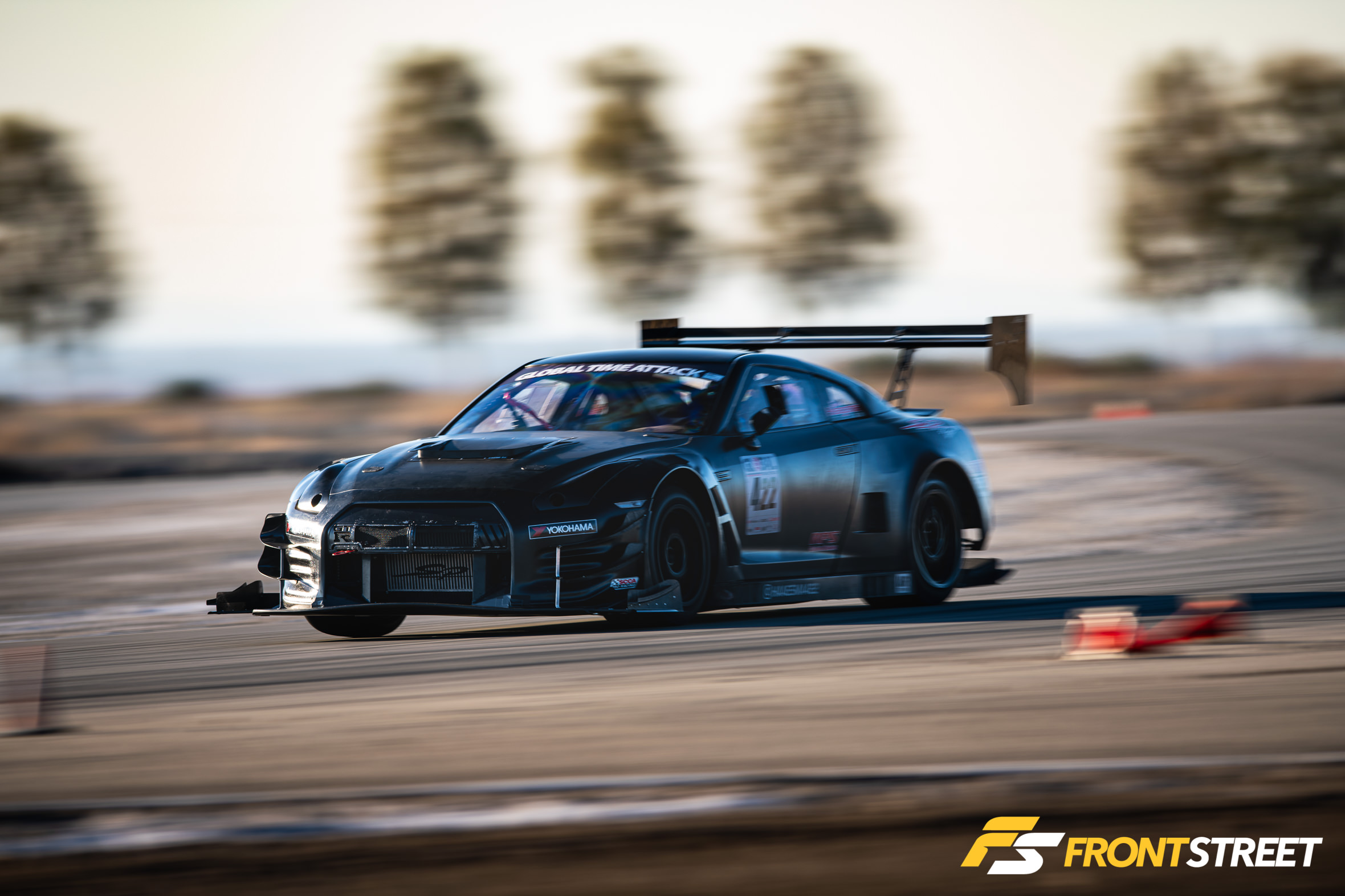
No, the overall record has not fallen. Canada’s William Au-Yeung and his Vibrant Performance 9th-gen Honda Civic still own it, with a 1:37.308 lap clocked during a GTA Pro-Am round at Buttonwillow in 2018. However, this year, David Haagsma and the 1:37.761 he clocked with his monster R35 Nissan GT-R comes closer than anyone before and marks a new Unlimited AWD class record.

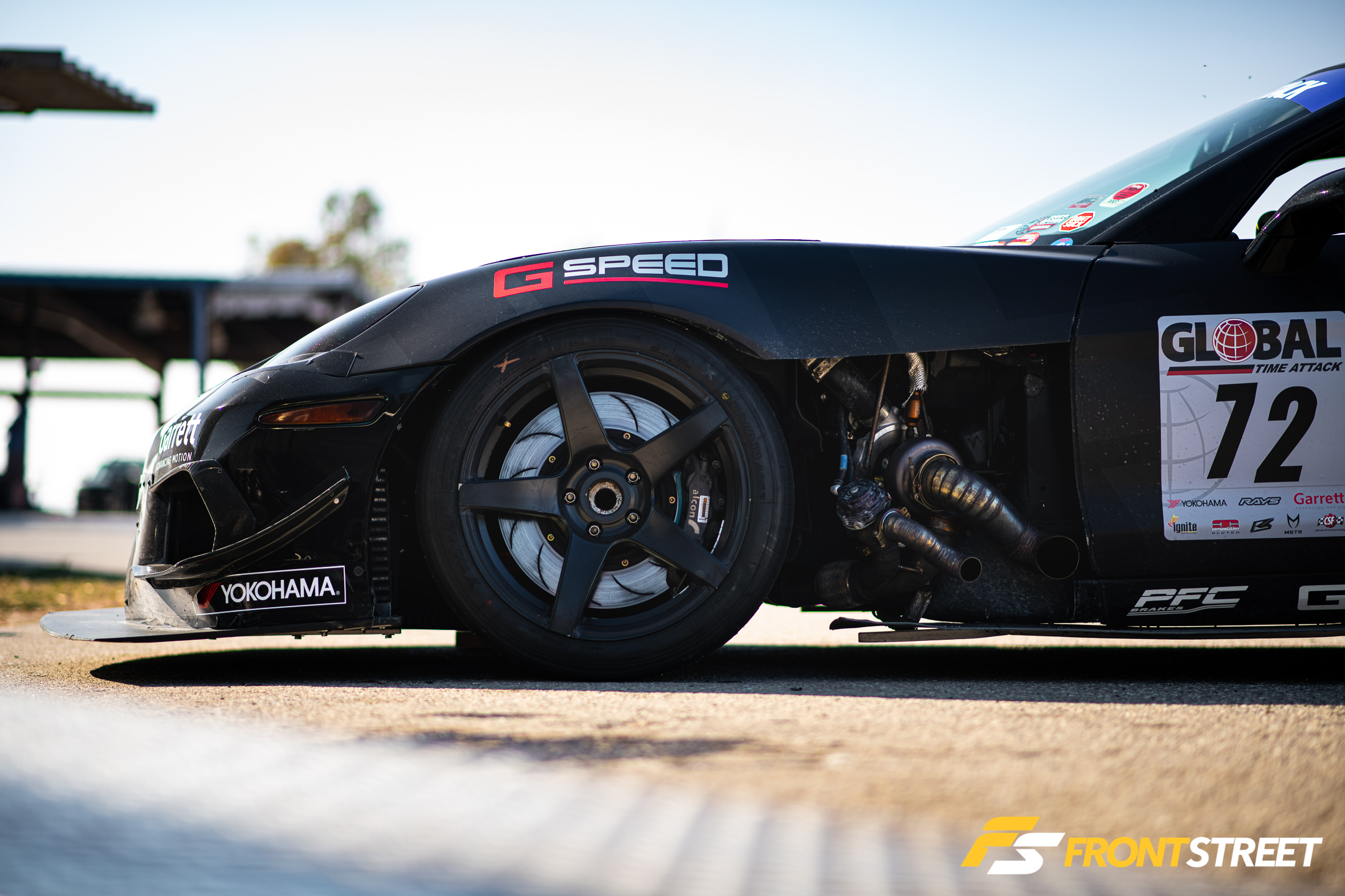
Limited Class competition was won handily by Feras Qartoumy and his Internet-famous Qart Racing Chevy Z06 Corvette, known for its twin Garrett turbochargers’ extroverted placement and rumored 1,000-hp output, ran a blistering 1:44.292. A lap nearly a second and a half faster than last year’s winner, Steven Chan, in the RD Engineering/PIT Garage R35 Nissan GT-R.
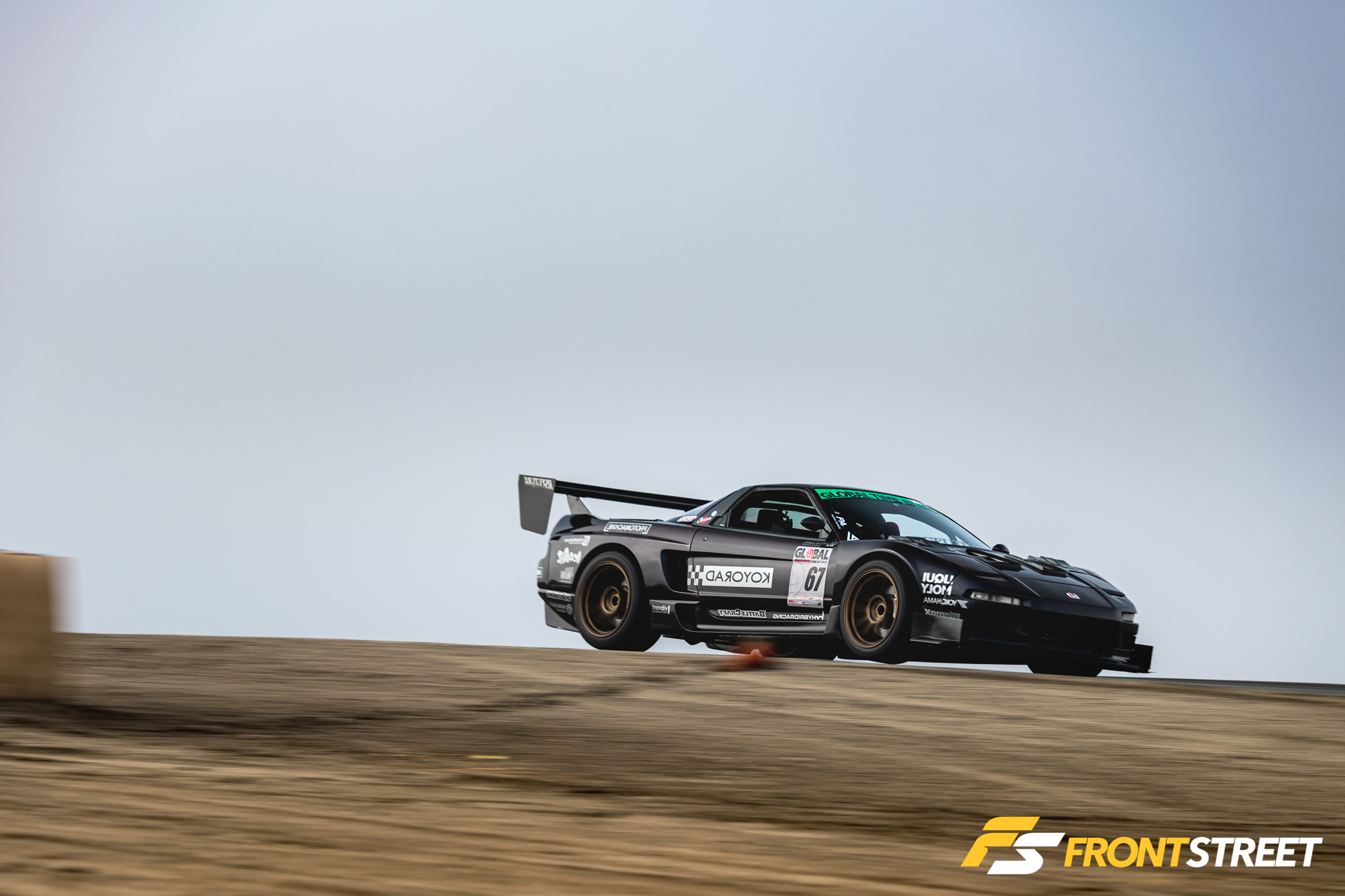
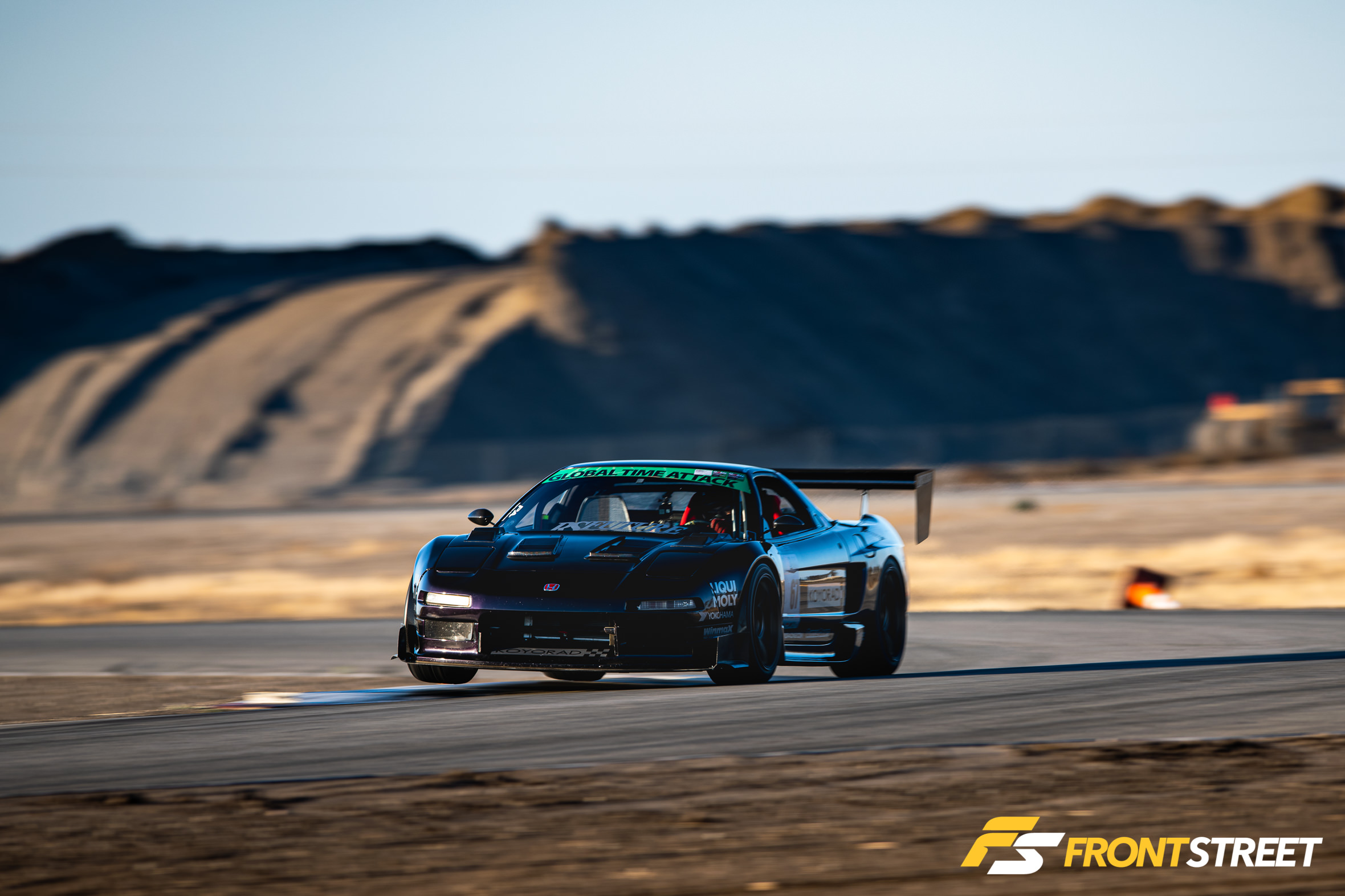
If that’s not impressive enough, Amir Bentatou and his turbo/K-powered Acura NSX obliterated the Street Class record, with a 1:44.768 to last year’s best time of 1:48.629, clocked by Shawn Krebsbach in an EVO IX.
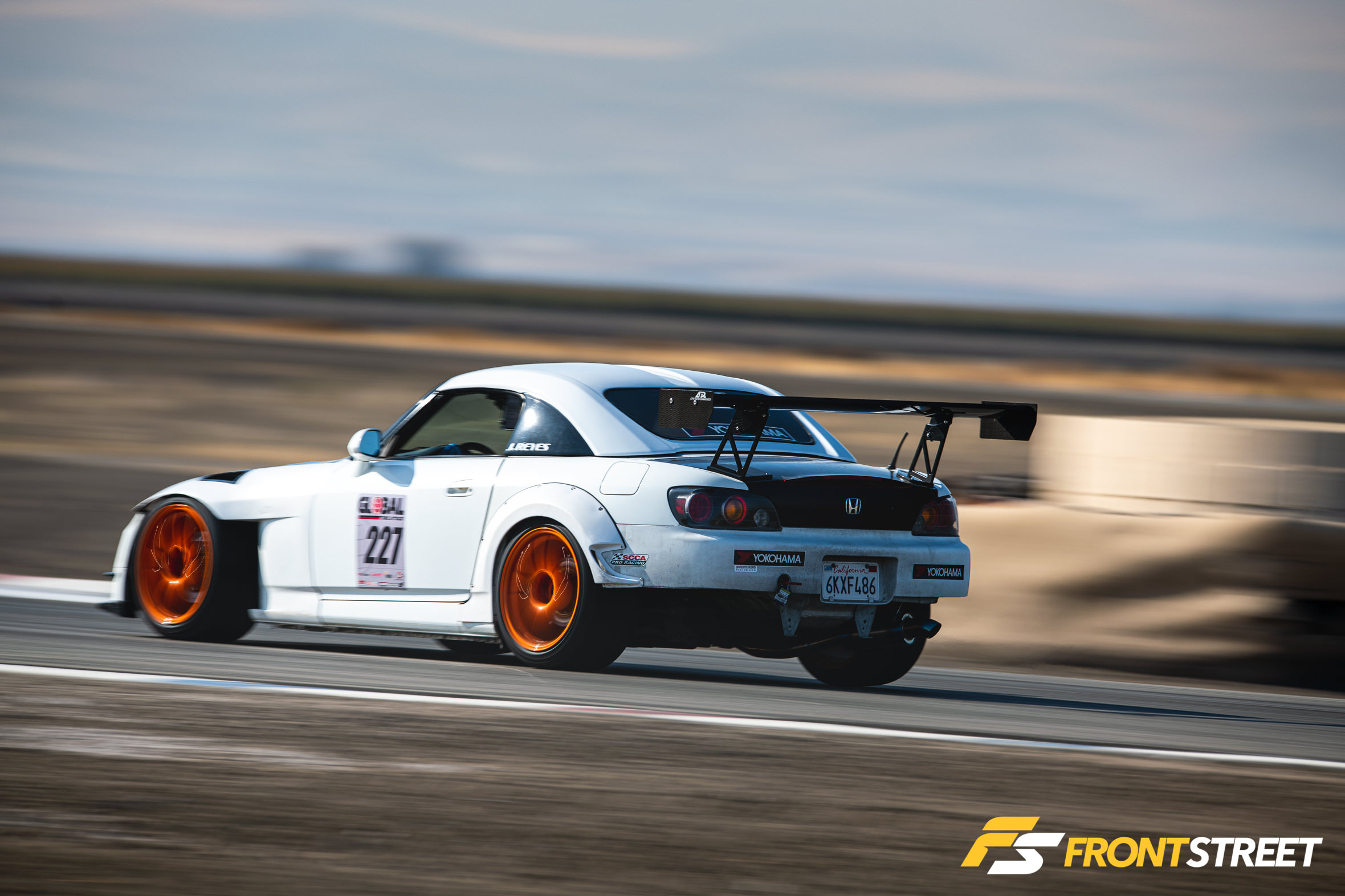

Even Enthusiast Class got in on the action, with Joshua Reyes coming out almost a second ahead of last year’s competition, with his Honda S2000 and an impressive 1:57.511. In fact, except for the Pro/Comp class’s 2nd-place finisher clocking a 2:00.xxx, all podium finishers in all classes ran sub-2:00 laps. That also may never have happened in GTA history to date.
EVO Versus STI is Back
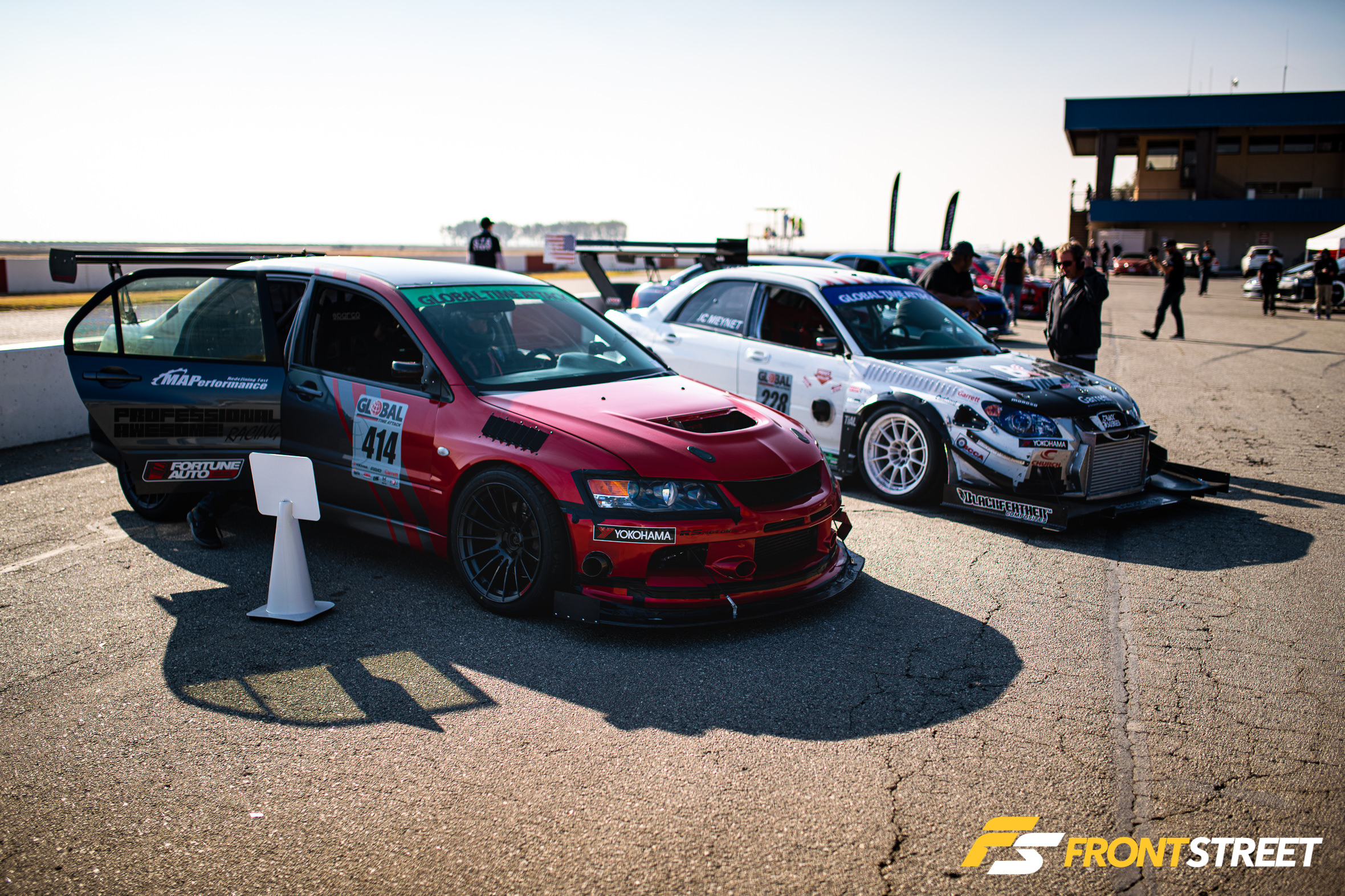
13 years ago, the HKS CT230R EVO was the car to beat. It lapped Buttonwillow in 1:43.523, which was a full five seconds quicker than the Sun Auto EVO’s 2004 lap — the standing record until then. Its record-shattering feat, and the Mitsubishi EVO’s stellar performance even in factory trim, would inspire countless generations of enthusiasts for years to come.
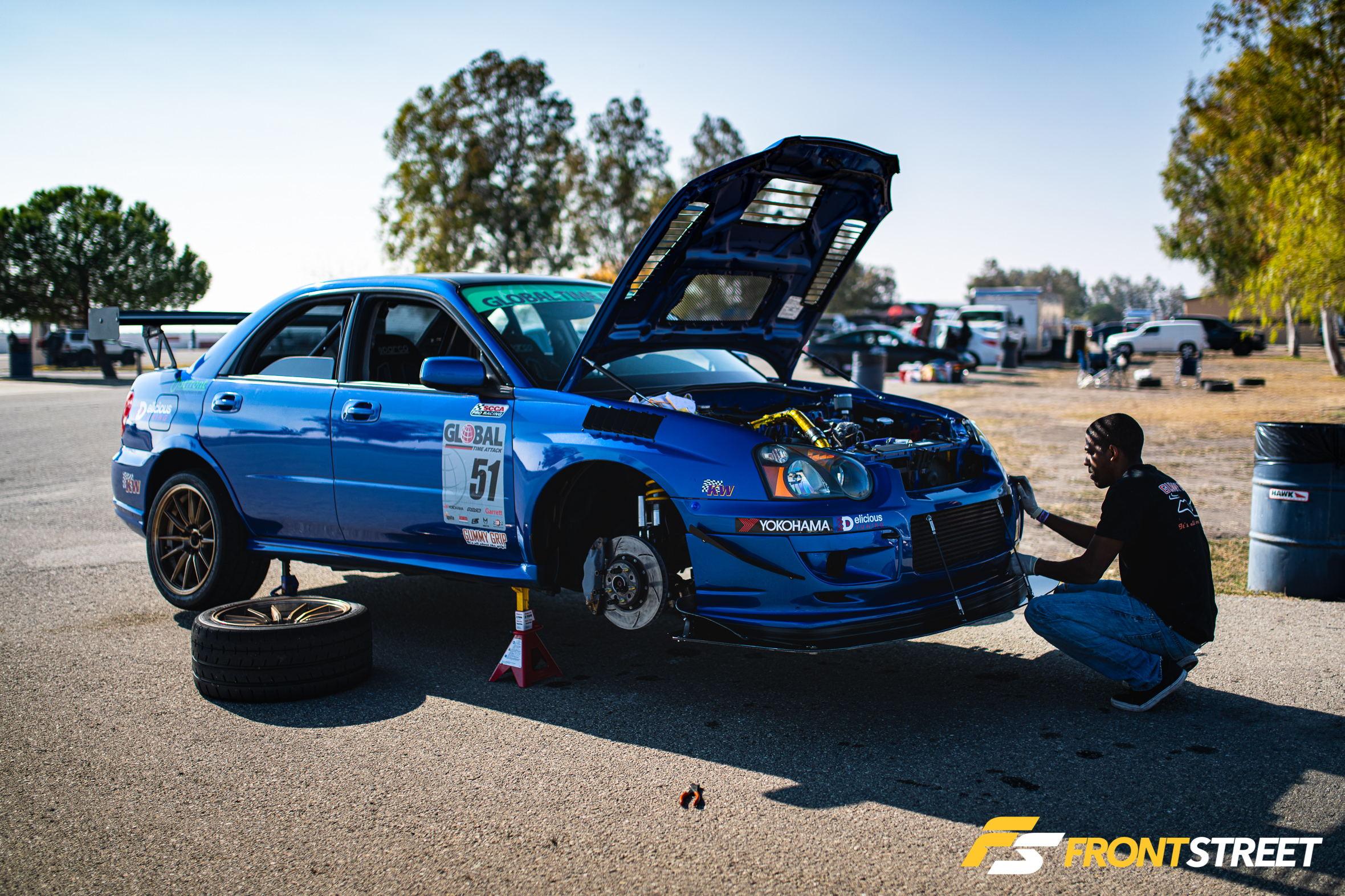
Once Subaru Imprezas and WRX/STI models of the same era began to belt out similar numbers on the time-attack circuit (think the Cusco/Tomei Subaru Impreza WRX STI or GST Motorsports’ GC8, for example), a fierce rivalry was born. With both makes continually one-upping each other at each turn, before relinquishing some of the spotlight to tuned Mazda RX-7s, Honda S2000s, Nissan GT-Rs, Acura NSXs, and yes, even some freakishly fast Honda Civics.
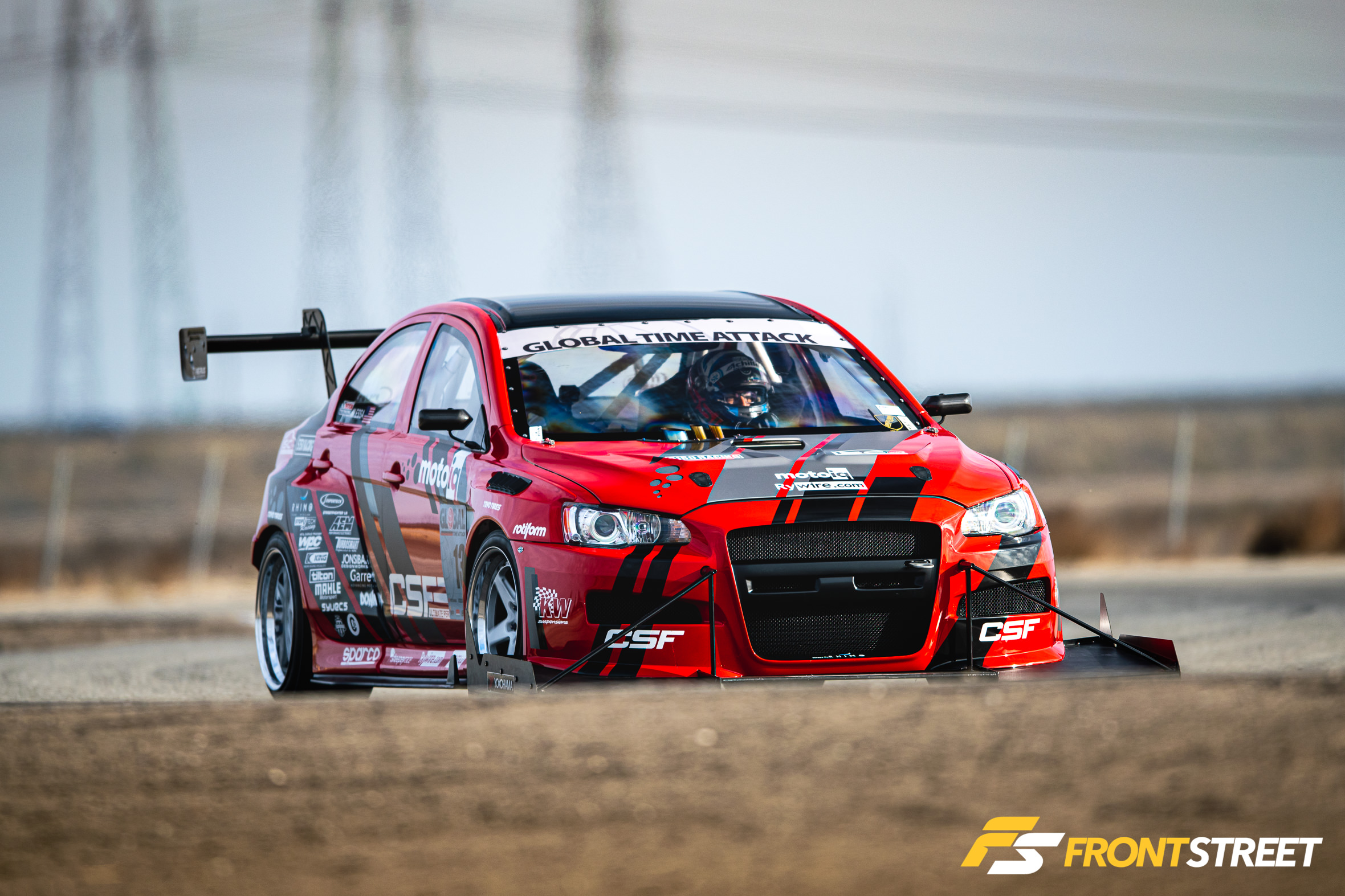
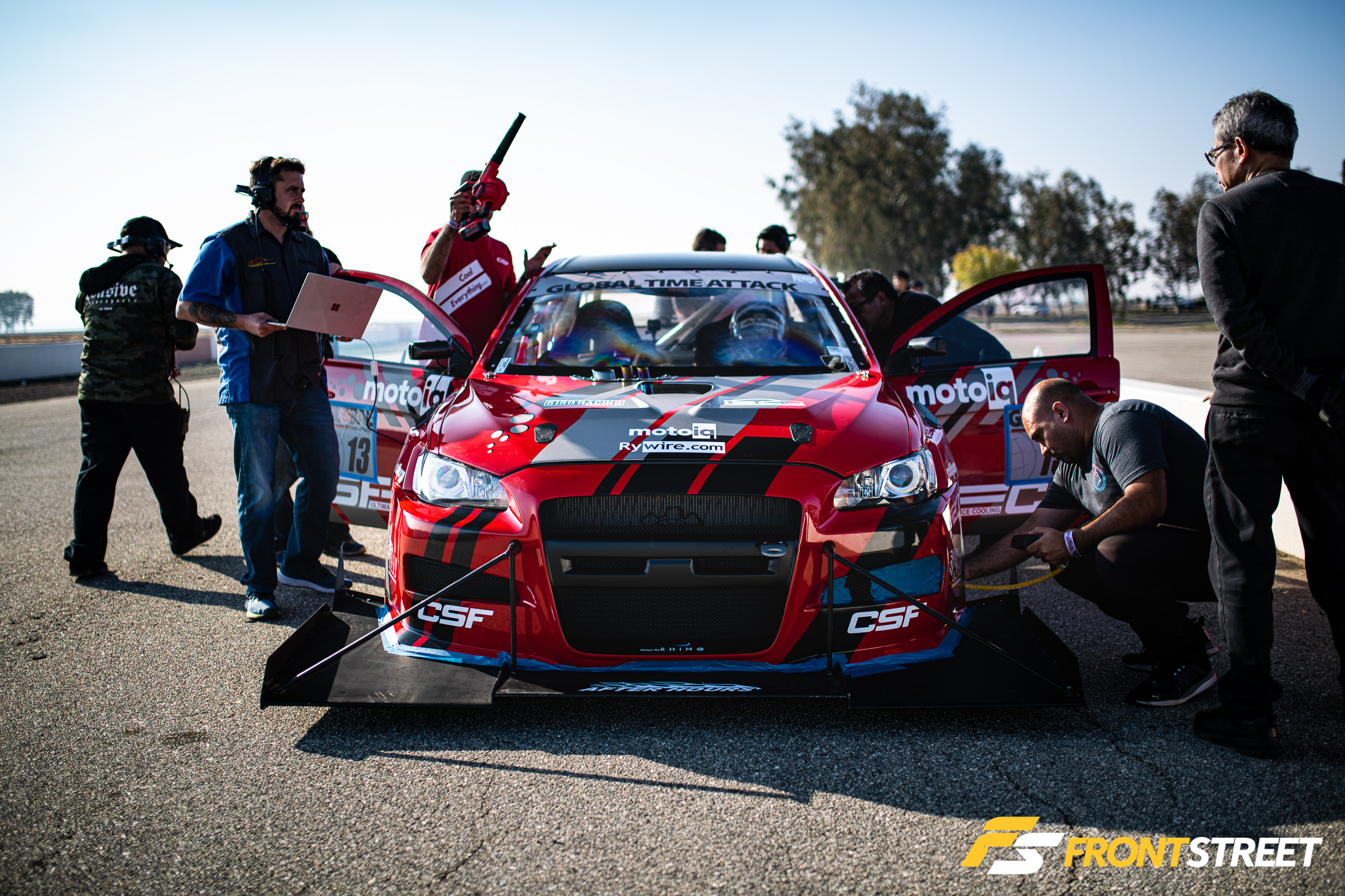
Today, it looks like the classic EVO-v-STI rivalry is coming back. This year saw the Unlimited-Class CSF Performance Mitsubishi EVO X rise from the ashes of last year’s engine fire. With a host of new and cutting-edge track tech (full feature coming soon!), it laid down a respectable 1:49.843 by Formula Drift champ Michael Essa, amidst mechanical gremlins.
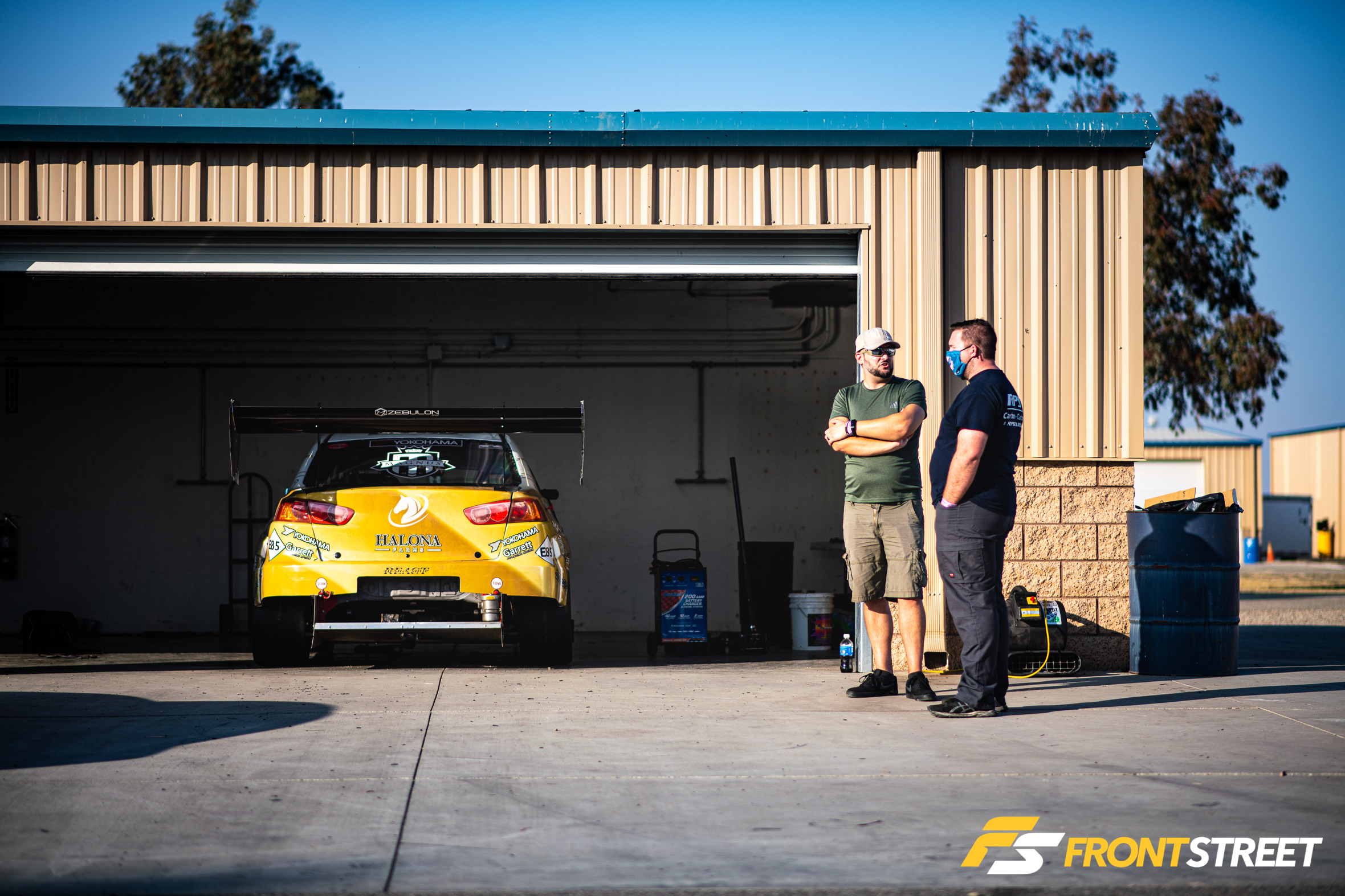
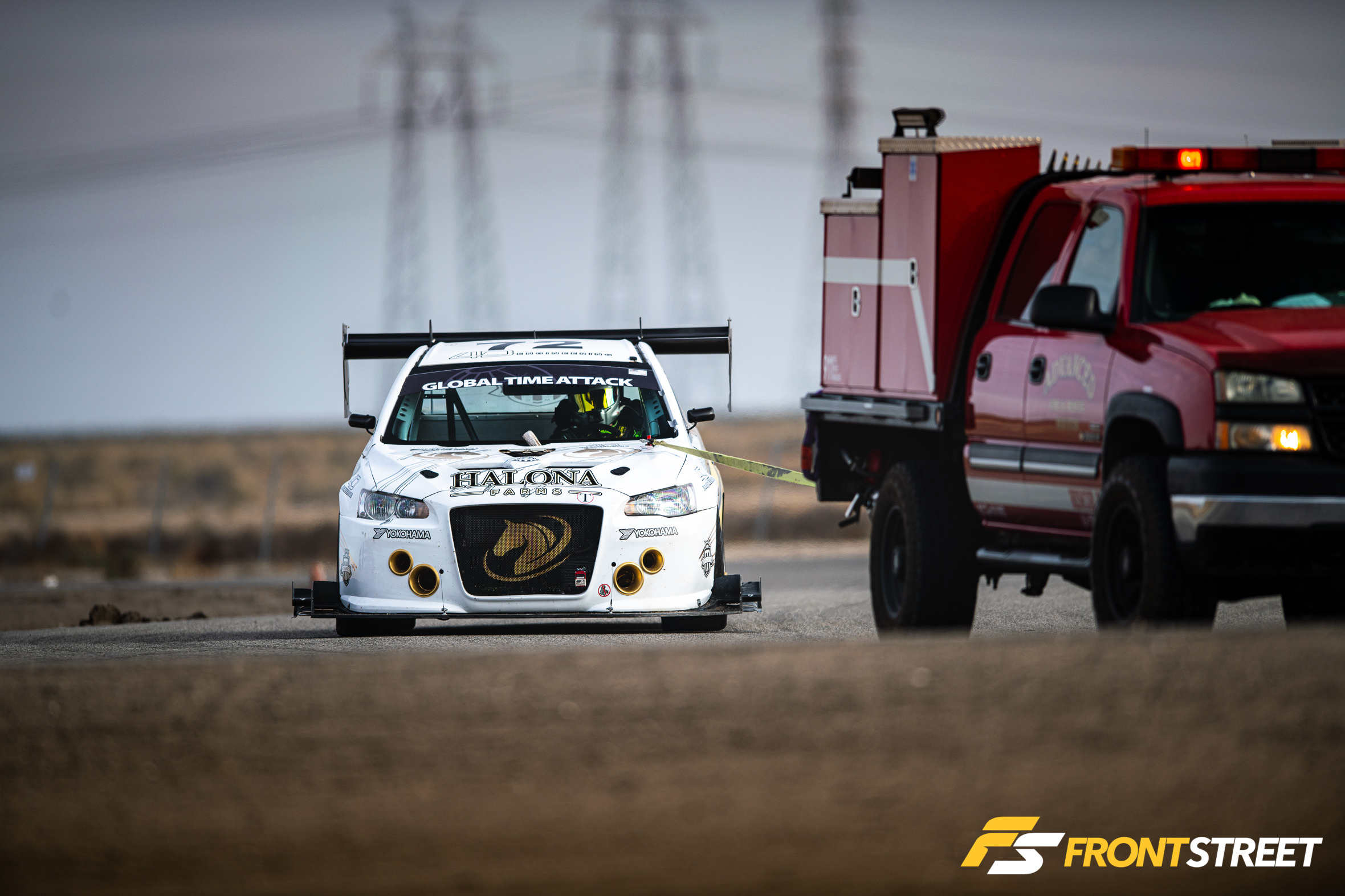
Also in Unlimited Class was Derek Boyd and his own EVO X, running a quick 1:45.942 while warming up in one of his only laps of the event before suffering catastrophic and (at least during the event) irreparable mechanical failure.
Once dialed in, though, we expect either of these two teams to be capable of toppling the overall record, or at least giving Unlimited-class Subaru teams of the recent past (and future?) like Can-Jam and GST a real run for their prize money.
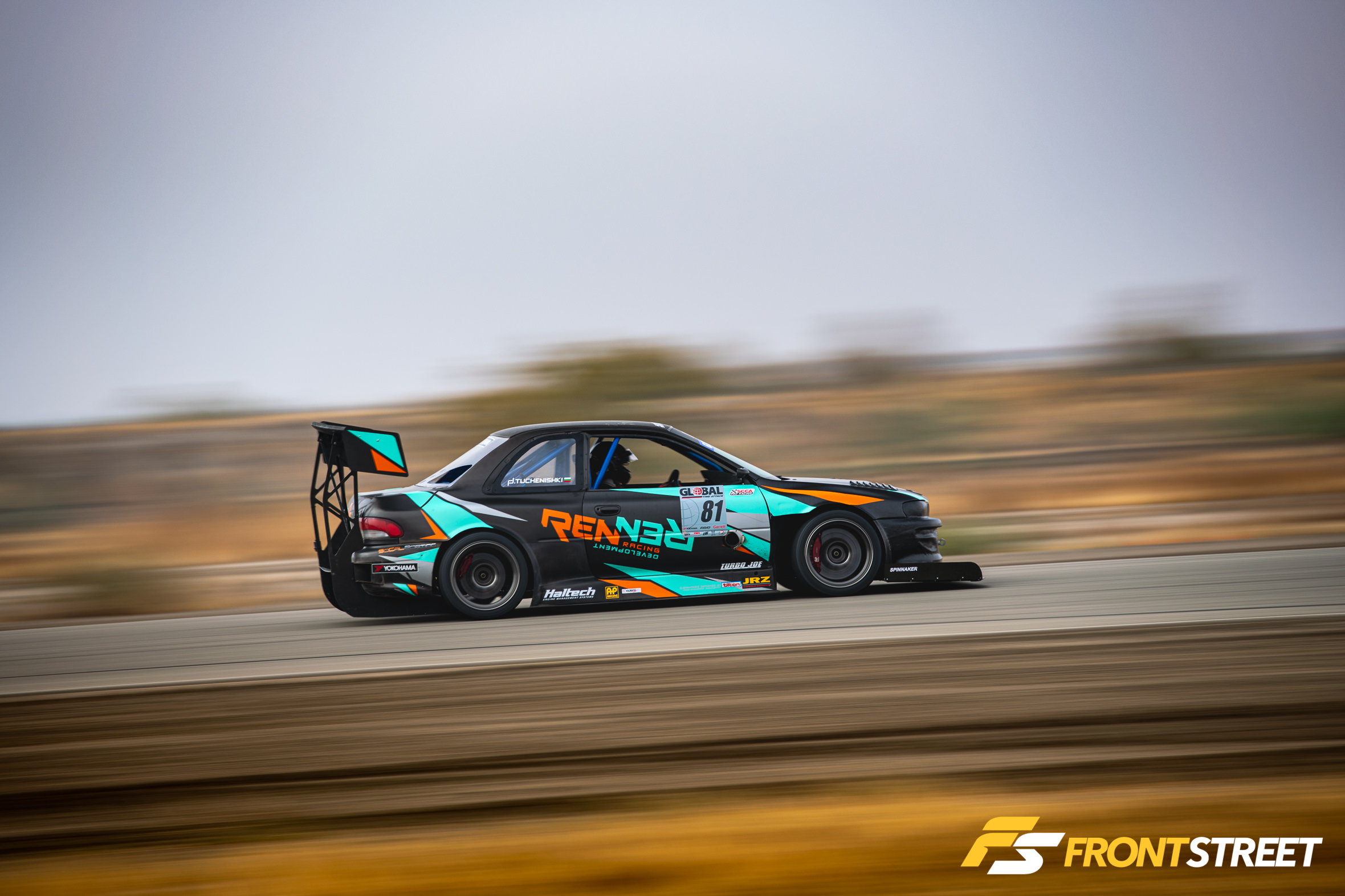
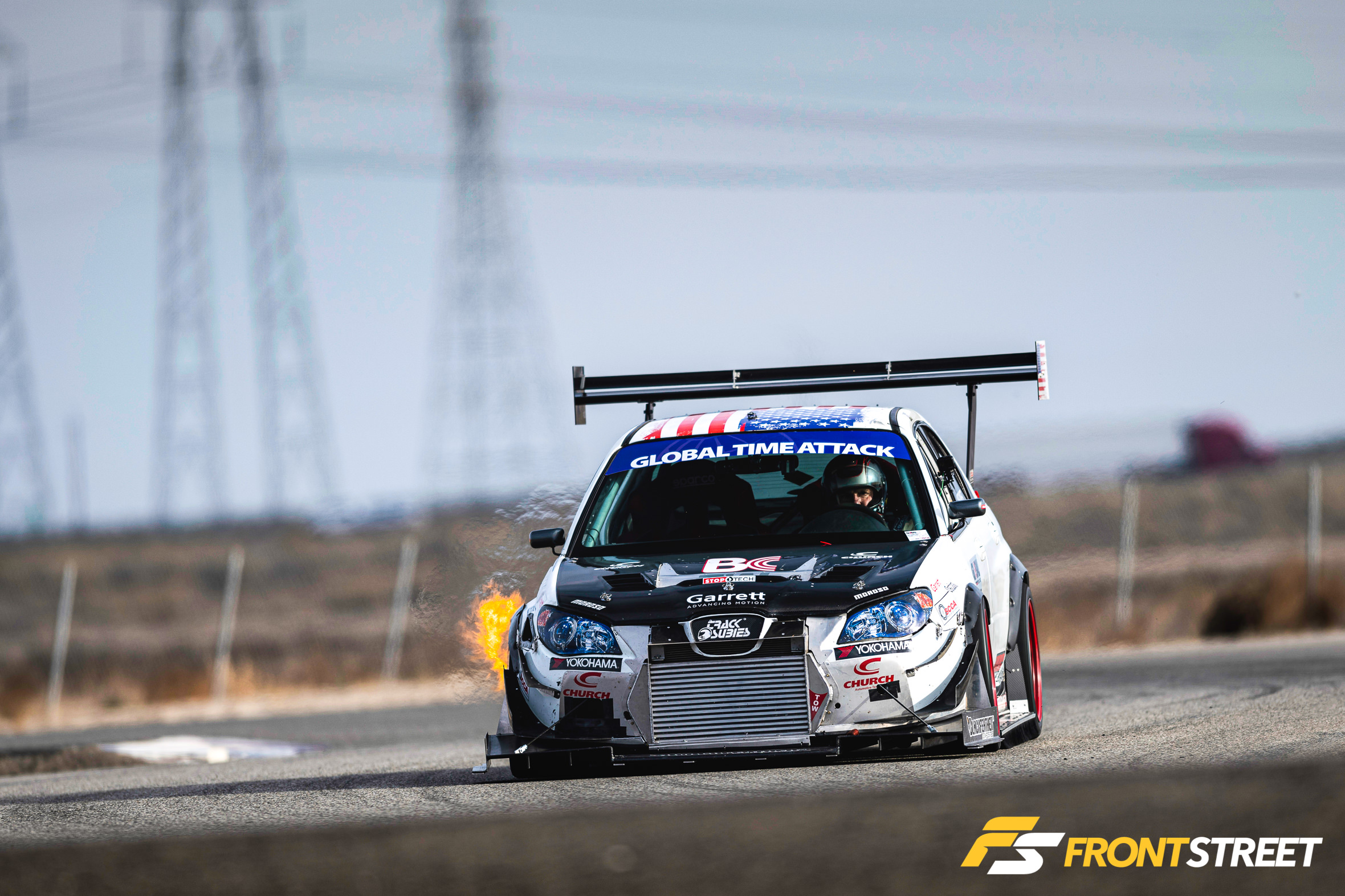
Limited Class saw a Subie-v-Subie battle, with Renner Racing’s Subaru Impreza L and driver Damyan Tuchenishki clocking a personal best 1:45.905, just barely over J.C. Meynet and his own personal-best 1:46.143 in his wild Subaru WRX STI.
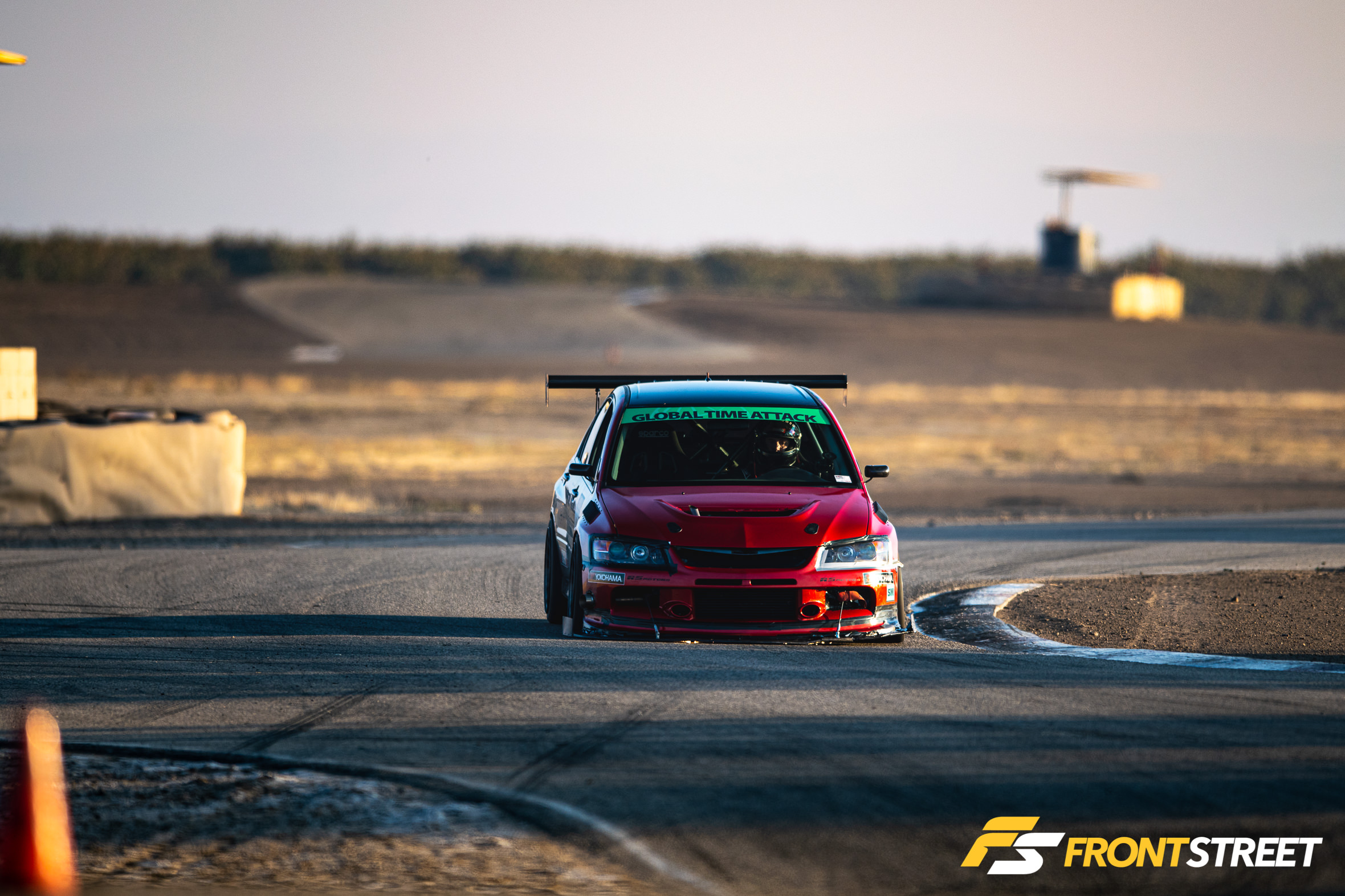
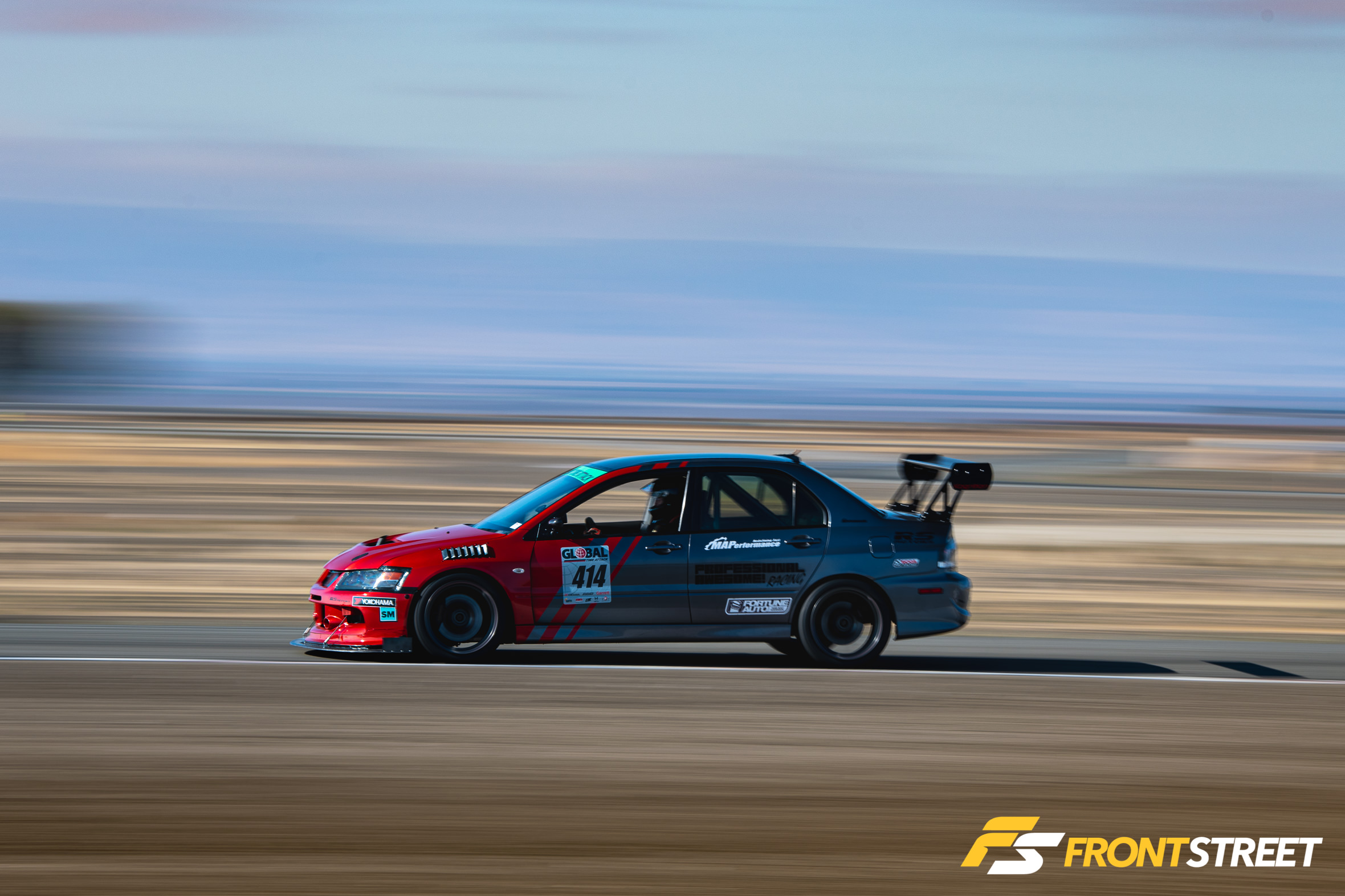
While in Street Class, Shawn Krebsbach set a new class AWD record from behind the wheel of his RS Motors EVO IX, with a 1:46.071, not too far ahead of Thomas Smith and his WRX STI, clocking a healthy 1:49.233.
The Ballad of David Haagsma (and His GT-R)
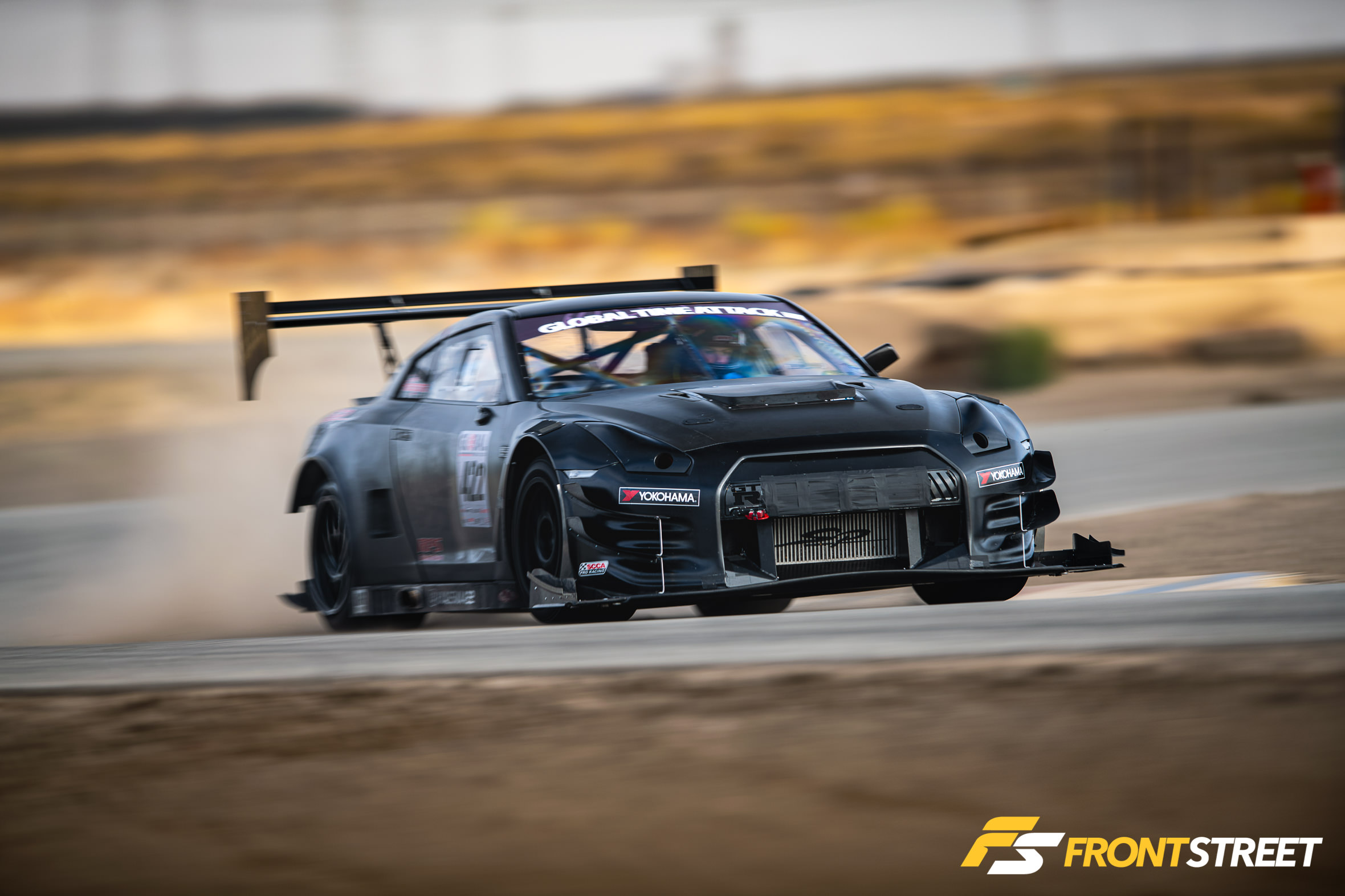
We mentioned before that David Haagsma and his R35 Nissan GT-R have come closer than anyone to toppling the overall Global Time Attack Buttonwillow record, but the reasons why that is so significant demand further introspection.
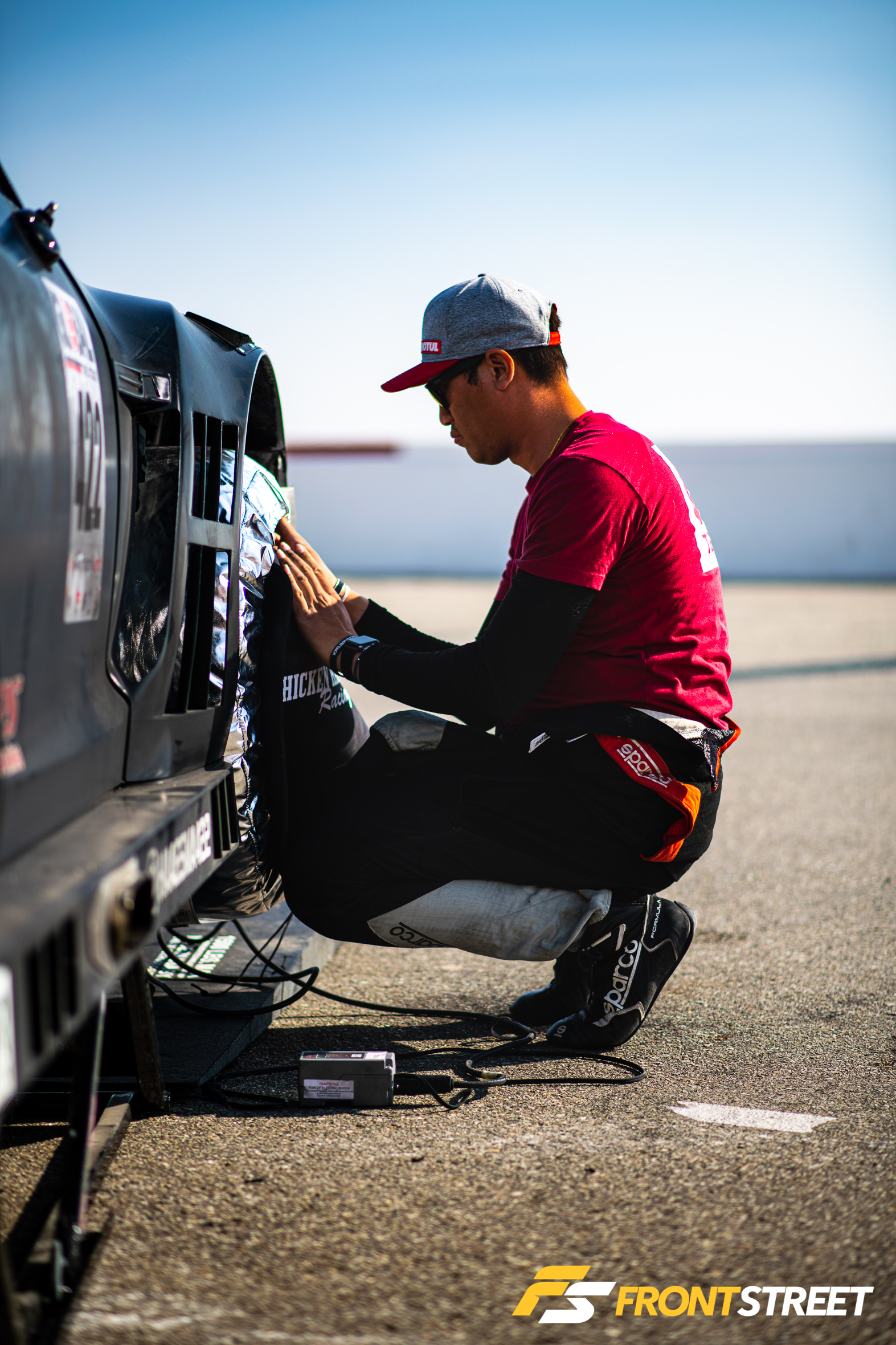
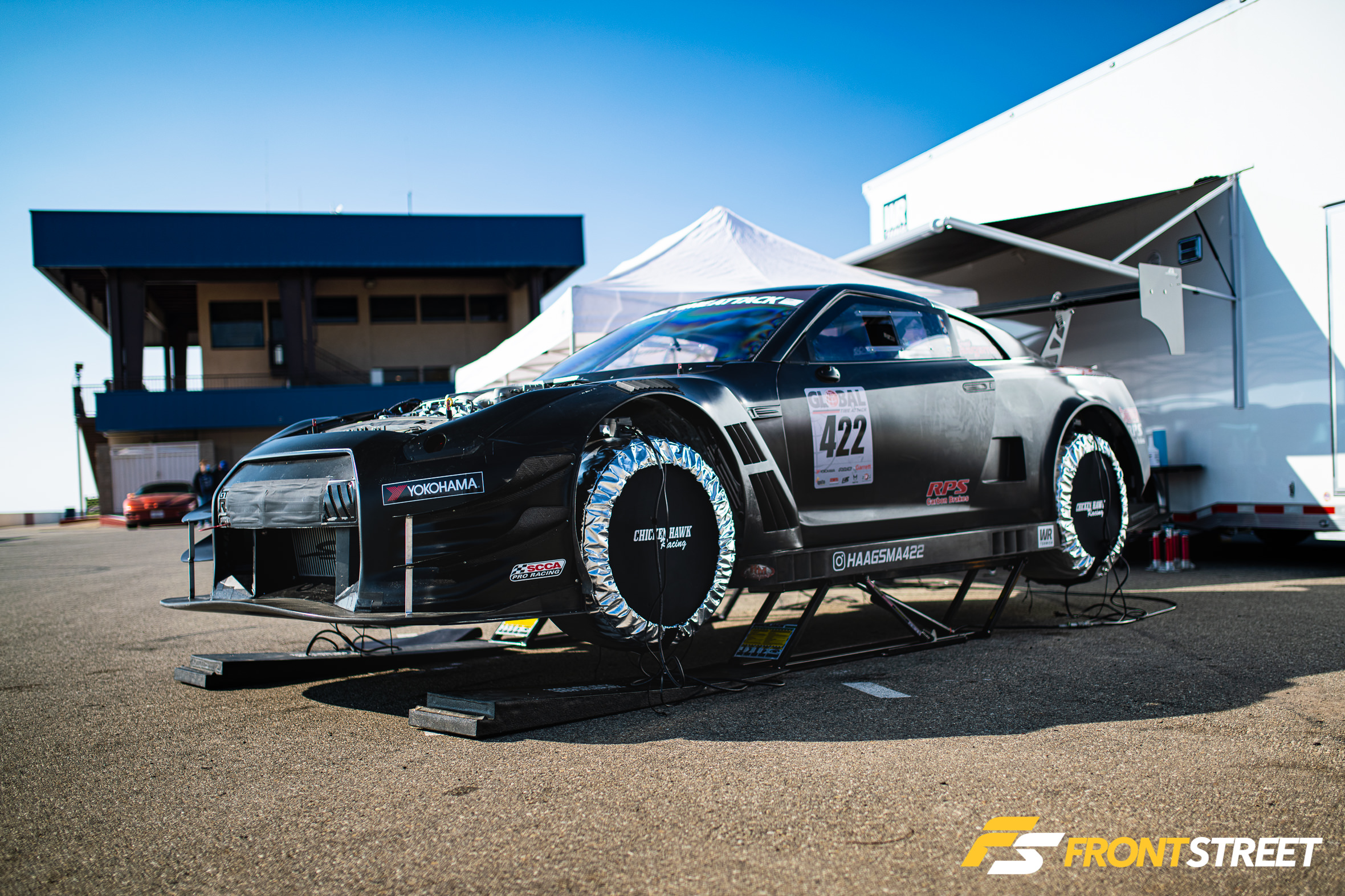
First, and possibly most importantly, David has grown significantly as a driver, seemingly in lockstep with his car. He joined the GTA ranks only five years ago with his GT-R looking more like a show car in Limited Class competition, clocking a 1:52.274. He improved on this with a 1:47.791 in 2016; made a big jump to 1:43.176 in Unlimited Class in 2017; clocked an impressive 1:41.520 in 2018; and after sitting 2019 out, he was back and looking like a properly lean, mean, championship team in 2020, breaking the Unlimited AWD record, earning the event win, and knocking on the door of the overall record.
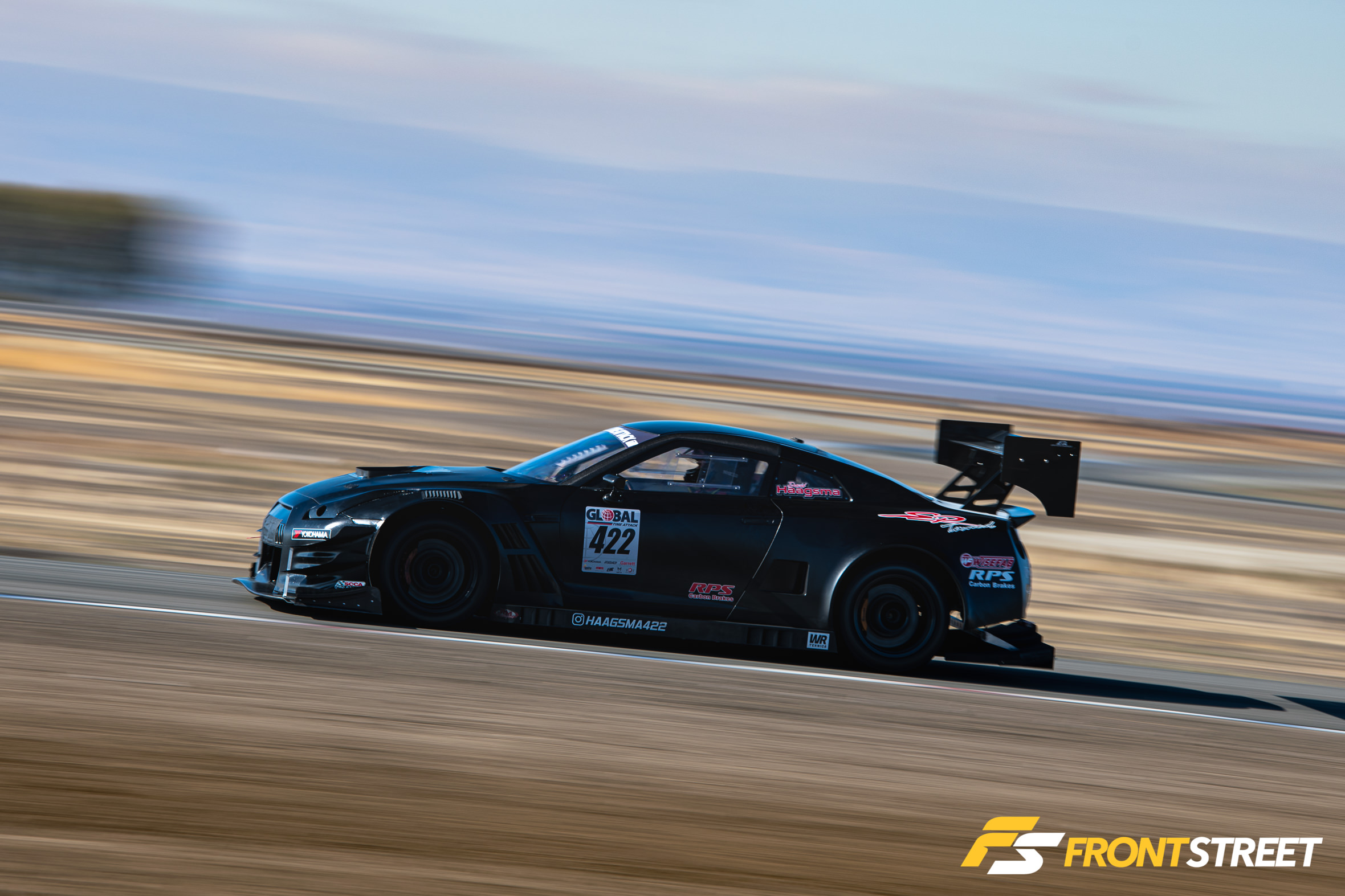
Second to that, David’s car is only putting out around 700 whp, which is a lot, but not for a Nissan GT-R, and certainly not for Unlimited Class in the sport of time attack. He’s got a lot of room to grow, and we’re eagerly awaiting next year to see just how far and fast his story will progress.
What’s With All The Corvettes?
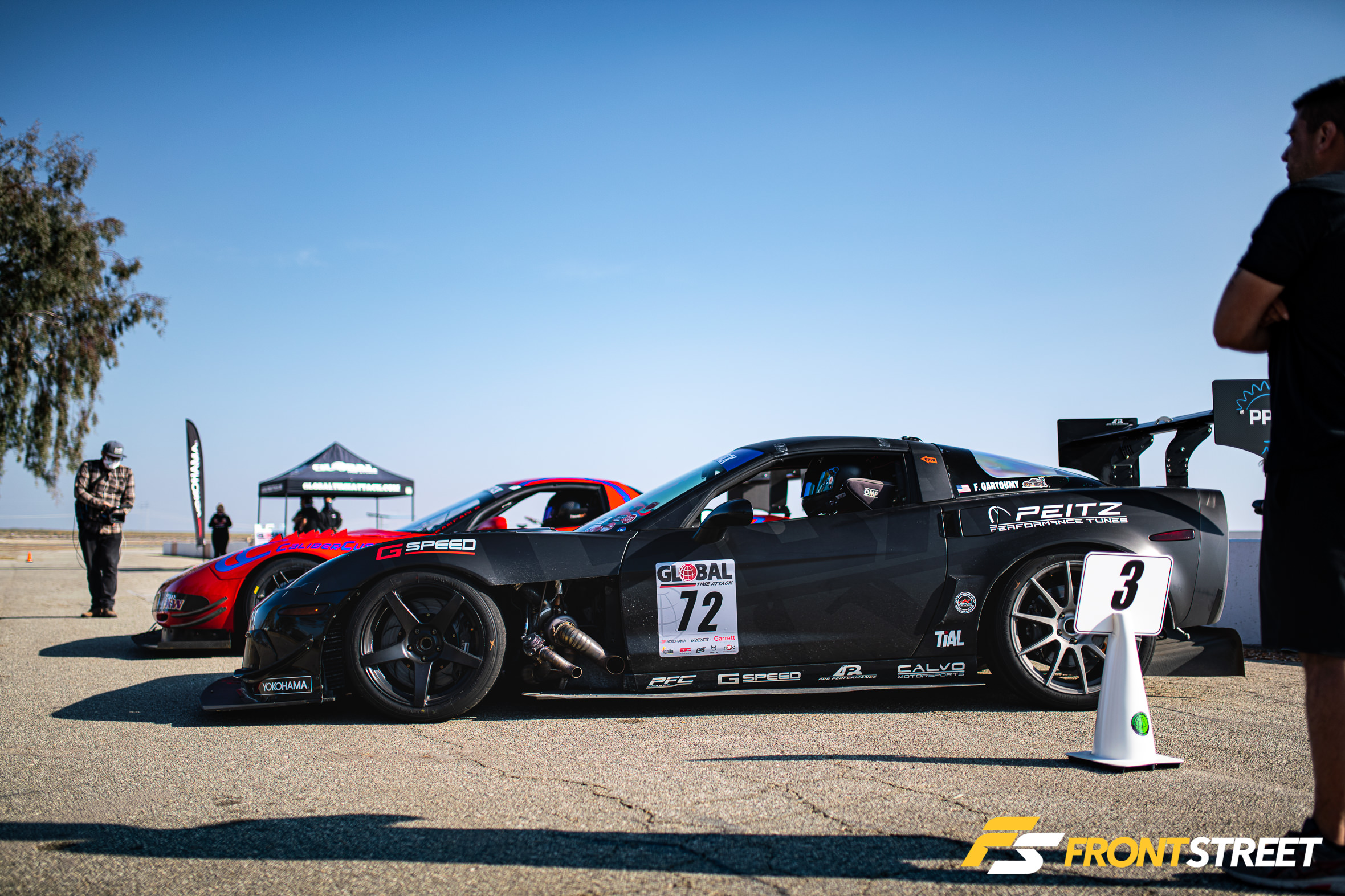
OK, that’s sort of a rhetorical question. We know what’s with the Corvettes: They’re a tried-and-true recipe for performance, with tons of aftermarket support, and every reason in the world why they should go fast around a racetrack. It’s just that we usually don’t see it happen. Especially not in time attack.
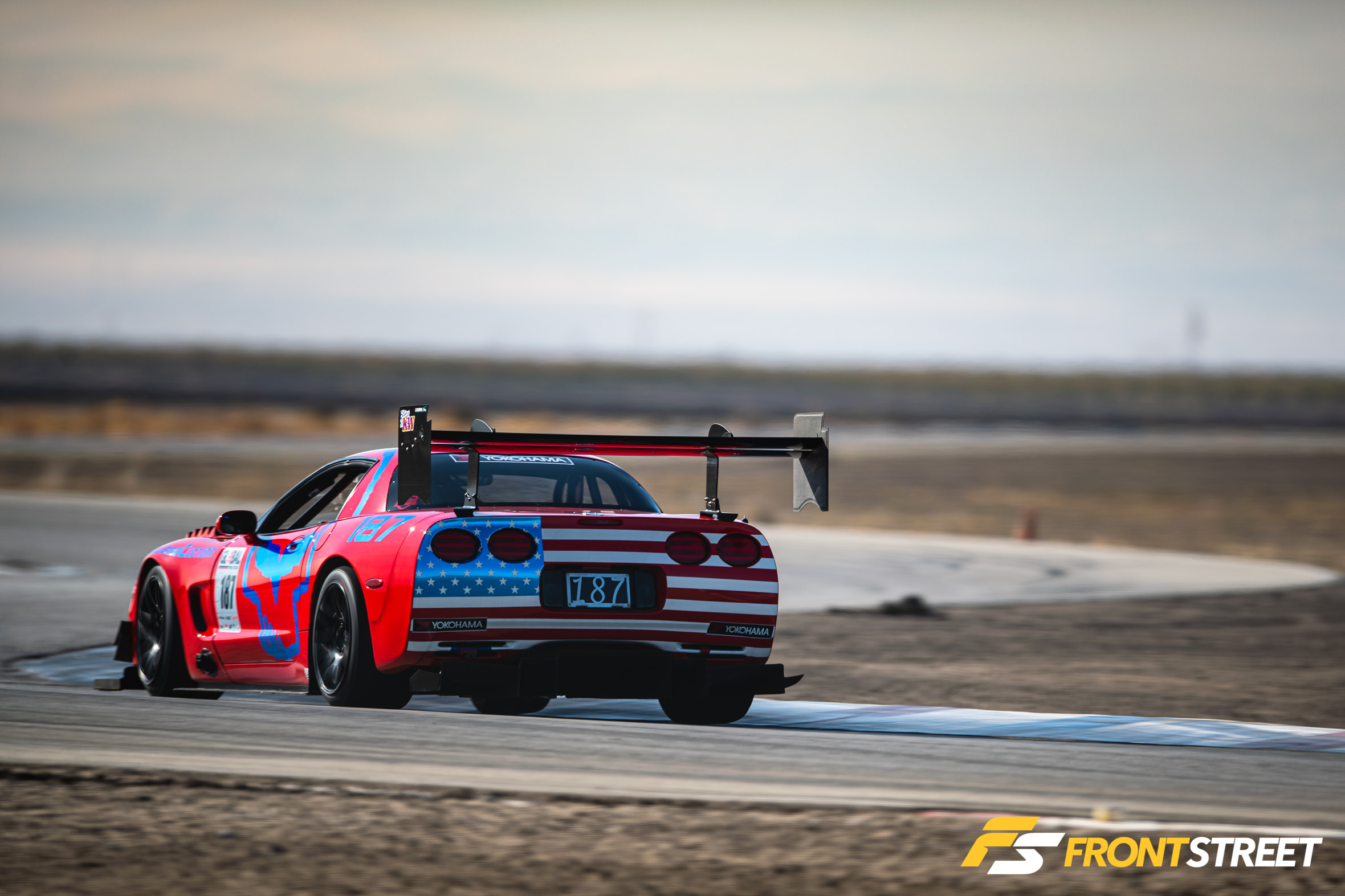
But times are changing, and as they do, a generation of motorsports enthusiasts focused on Japanese performance is starting to turn their attention to the red-blooded heartbeat of America.
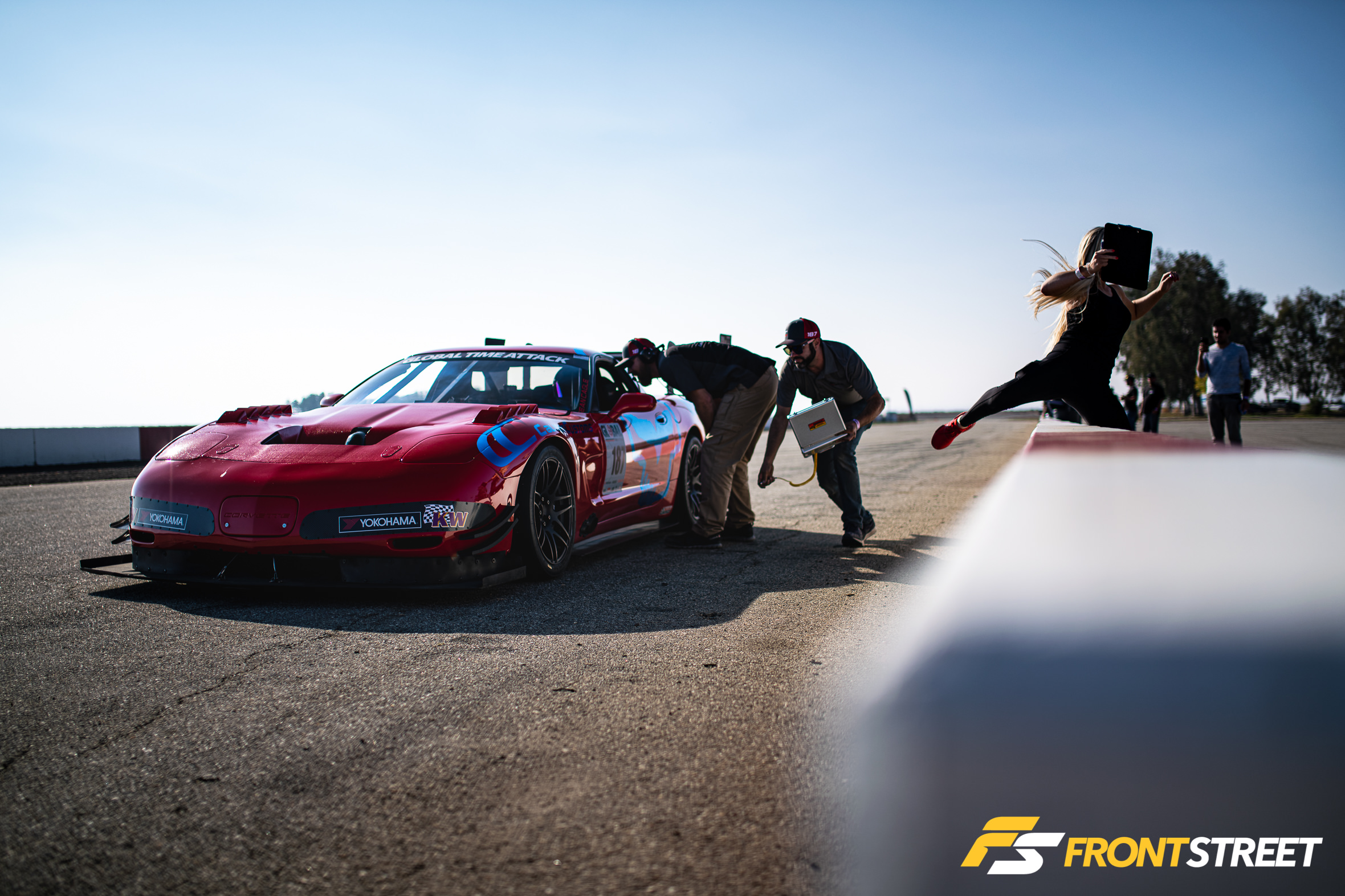
Sean Cagle and Caliber Customs’ very much America-themed C5 Corvette FRC (meaning Fixed Roof Coupe: Chevy’s 90 lb-lighter, 12-percent more rigid ‘Vette roadster variant) improved on their time last year by clocking a fast 1:41.551, landing in Second Place in Unlimited Class competition and overall.
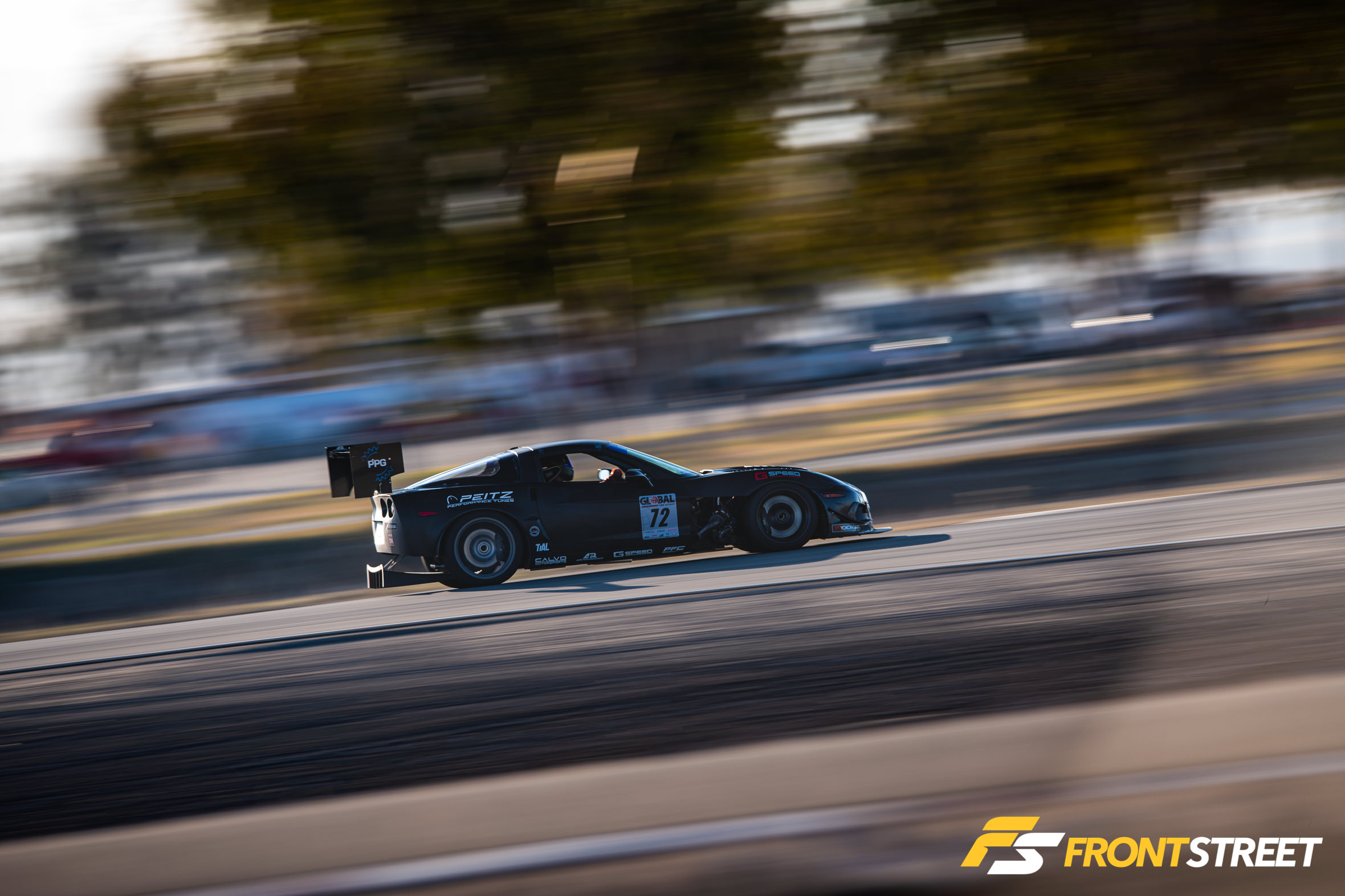
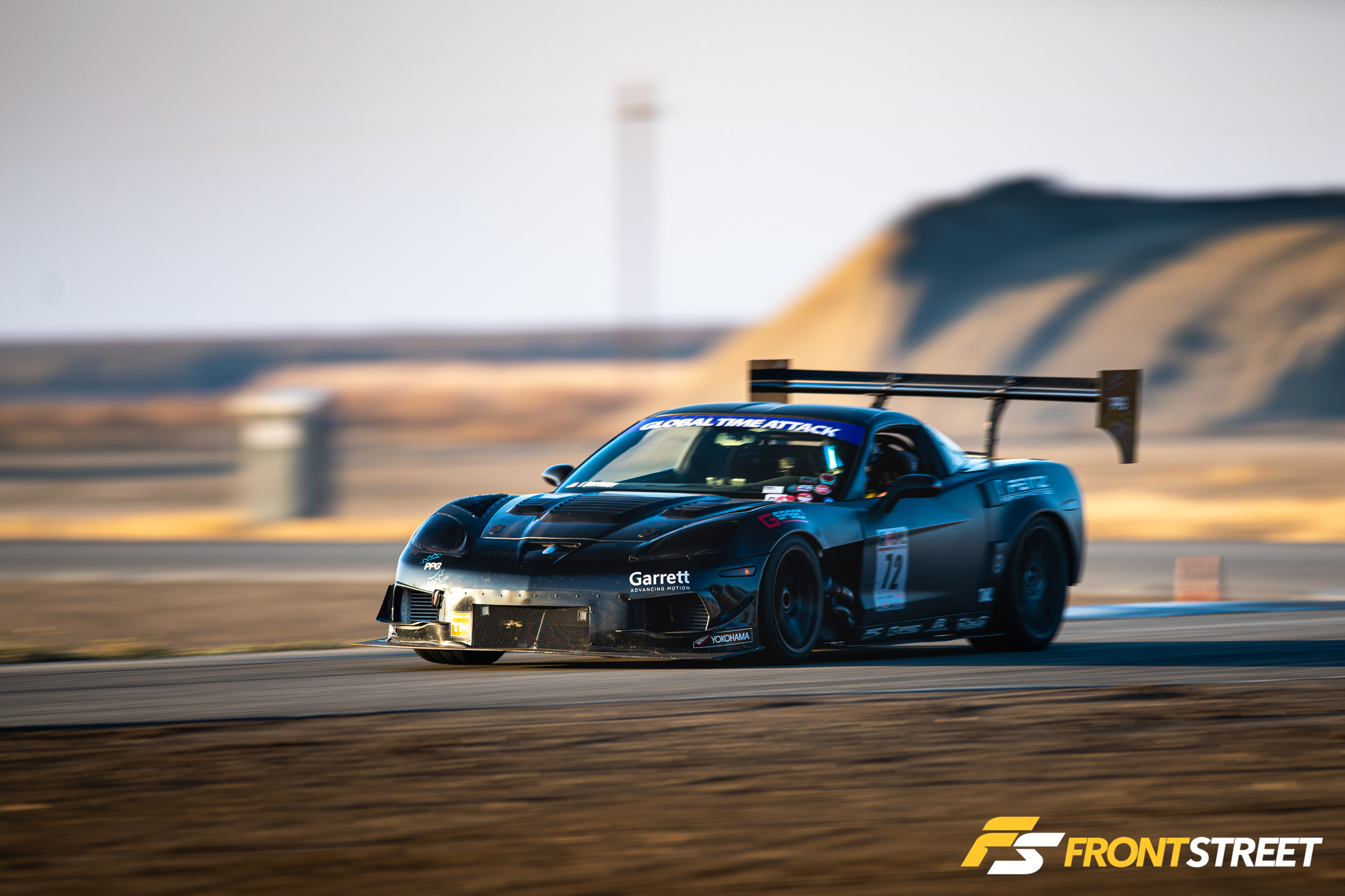
Feras Qartoumy and his Qart Racing Z06 won Limited Class competition. They set a new Limited RWD record in doing so, with a 1:44.292 and a rumored 160+ mph front straight speed. At Buttonwillow, that’s fast.
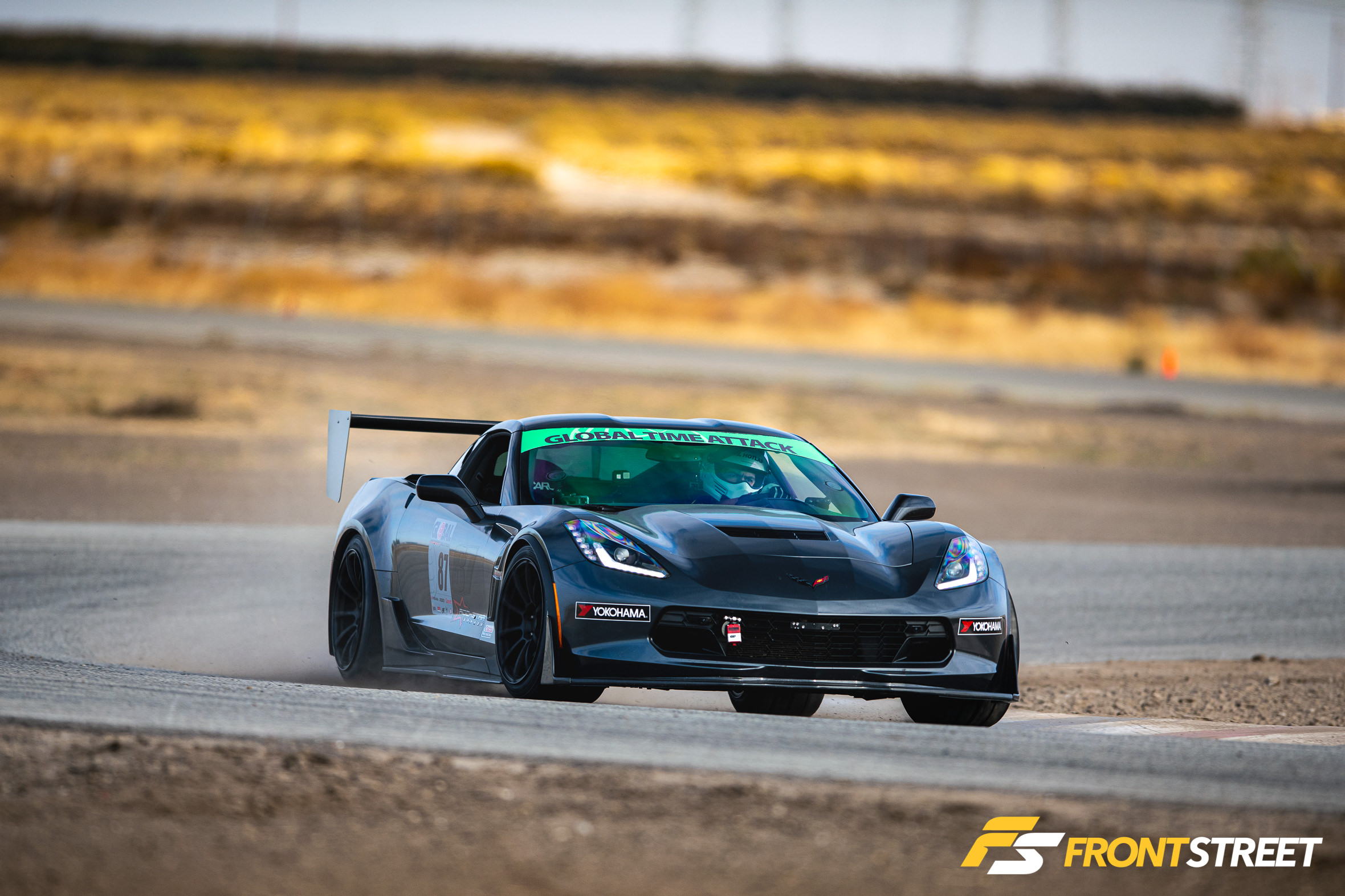
In Street Class, relative newcomer Kevin Burke powered his mostly stock C7 Grand Sport to a 1:49.685. While very fast, it was surprisingly good enough for just a Sixth Place finish this year. He would’ve won Second in class with that time last year.
Other American iron competed in addition to those highlighted here, but the takeaway among many was one not only of astonishment but consideration. We would be highly surprised not to see more of them next year.
Street Class is Getting Crazy
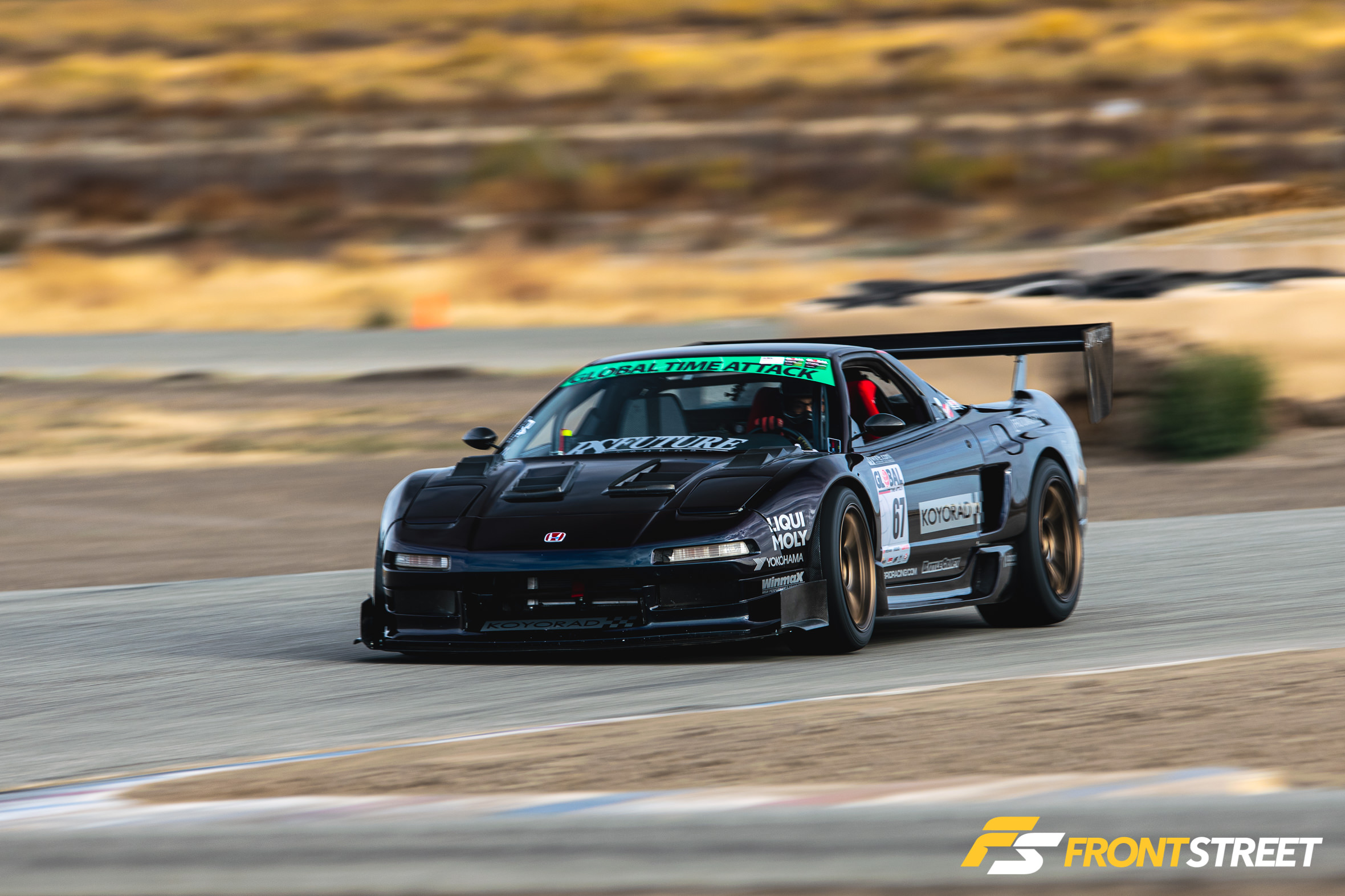
The idea of a K20-powered Acura NSX might seem like sacrilege, turbocharged or not, but after seeing the progress Amir Bentatou has made with his aftermarket variant of Honda’s most lauded sports coupe, it’s impossible to deny the recipe.
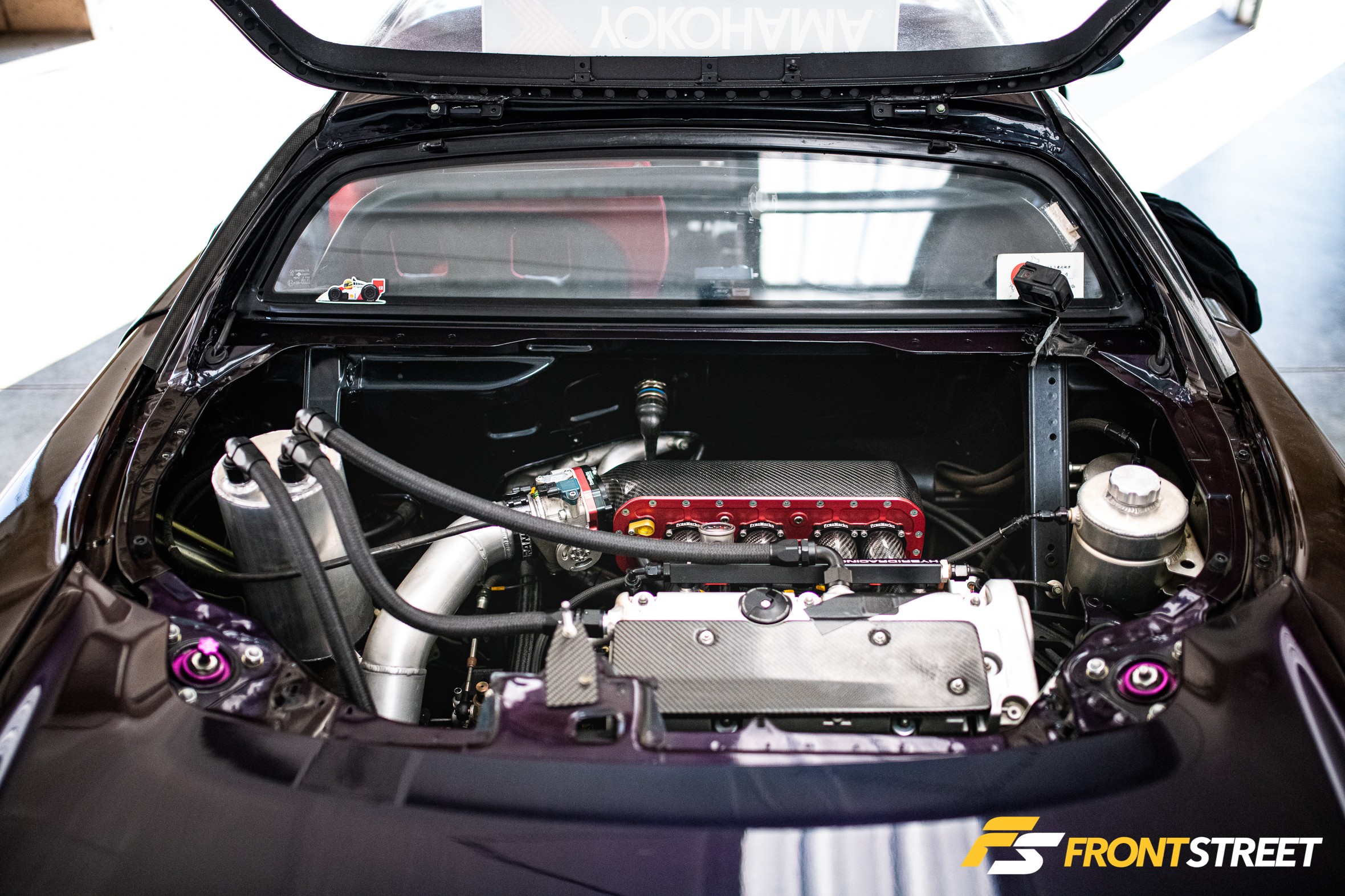
After roughly two years in development, Amir’s Koyorad-sponsored Street Class machine (yes, it’s still occasionally street-driven) runs consistent, reliable, ridiculously fast laps. His quickest 1:44.768 lap this time around was good enough not only for the Street Class win but a new overall Street Class record. And, it’s just over a second off that HKS CT230R’s overall record-setting Unlimited Class performance years ago. Crazy!
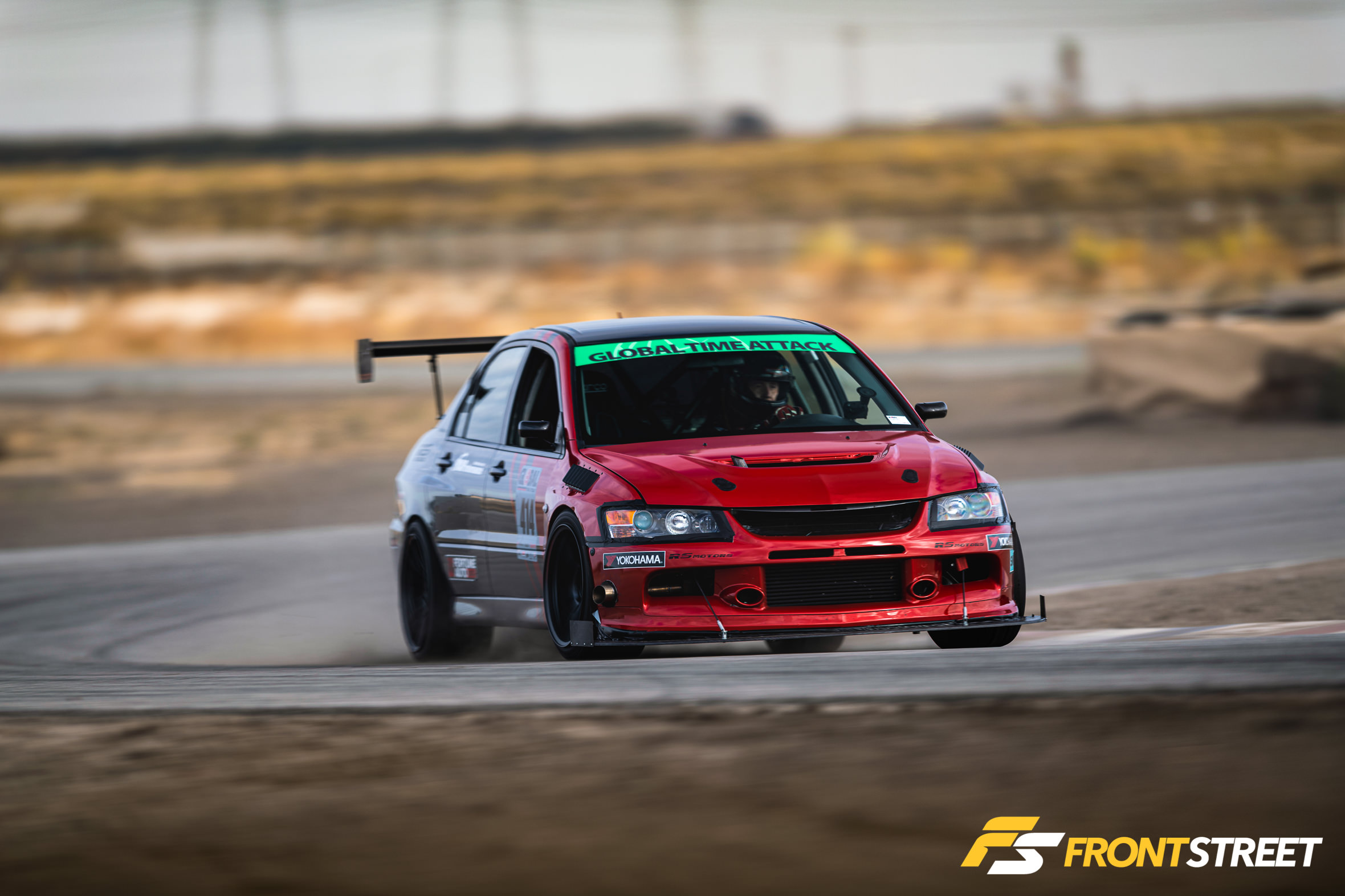

If that’s not enough, less than two seconds behind him was Shawn Krebsbach in his Mitsubishi EVO IX, with a 1:46.071, followed by Jackie Ding, who managed a 1:47.839 despite battling persistent turbo/tuning gremlins.
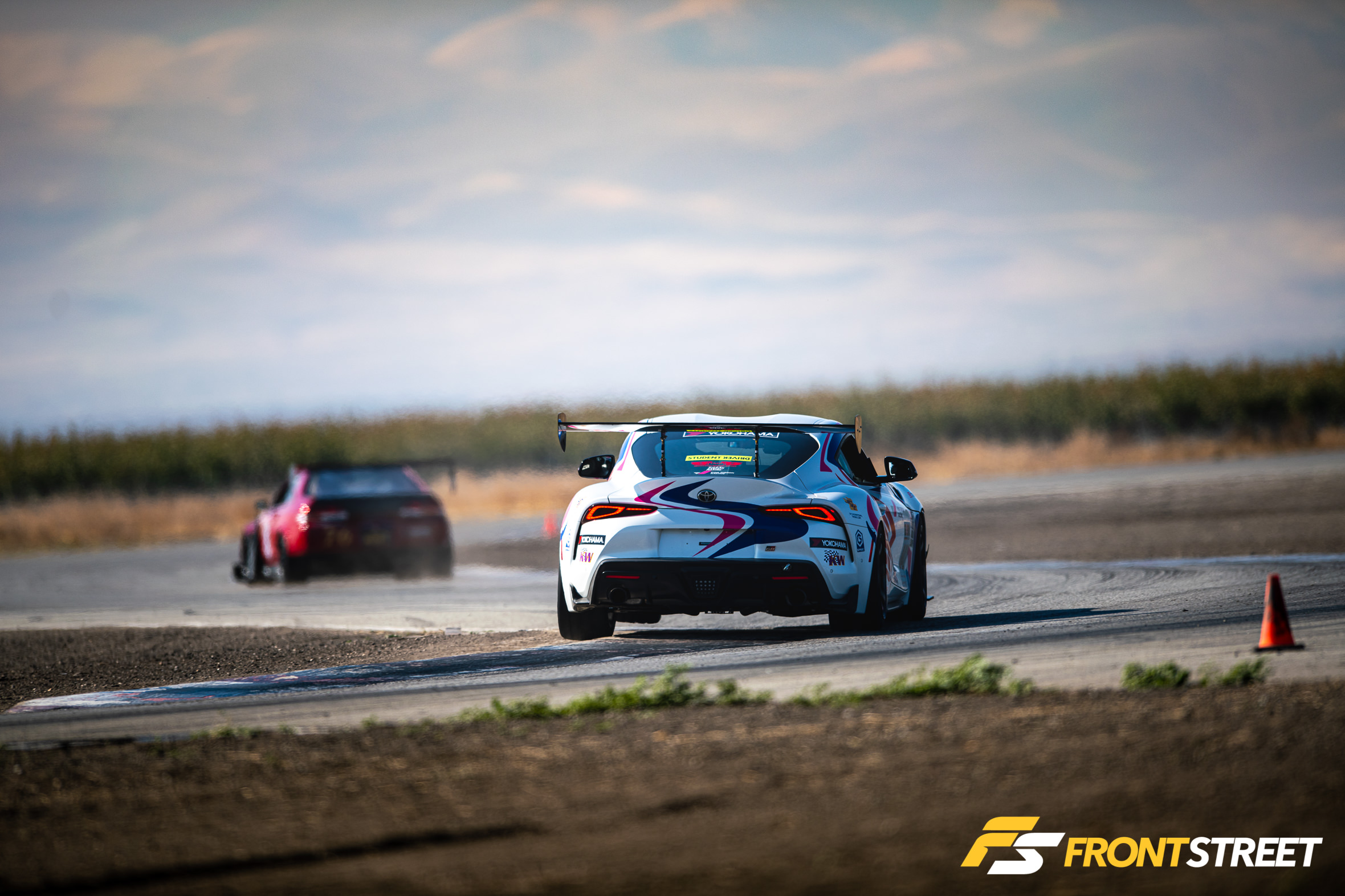
The top-finishing six places in Street class were all in the 1:40s, and the top 10 finished under 1:51.00. That’s damn fast.
New Records
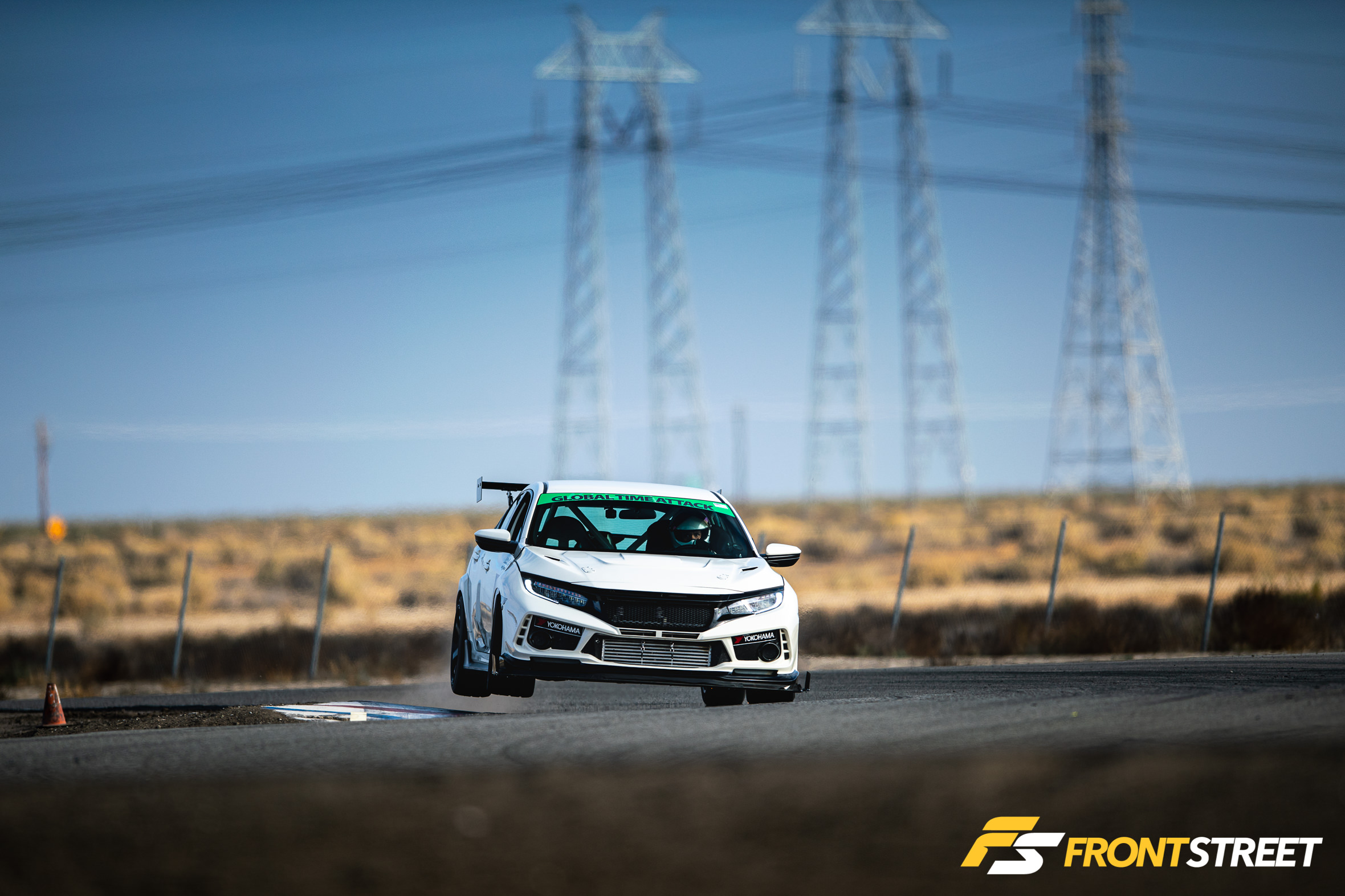
We would fault nobody for assuming 2020 would be an off-year, but it seems time attackers really turned up the wick. Records were broken in every class at Buttonwillow, with some outright shattered.
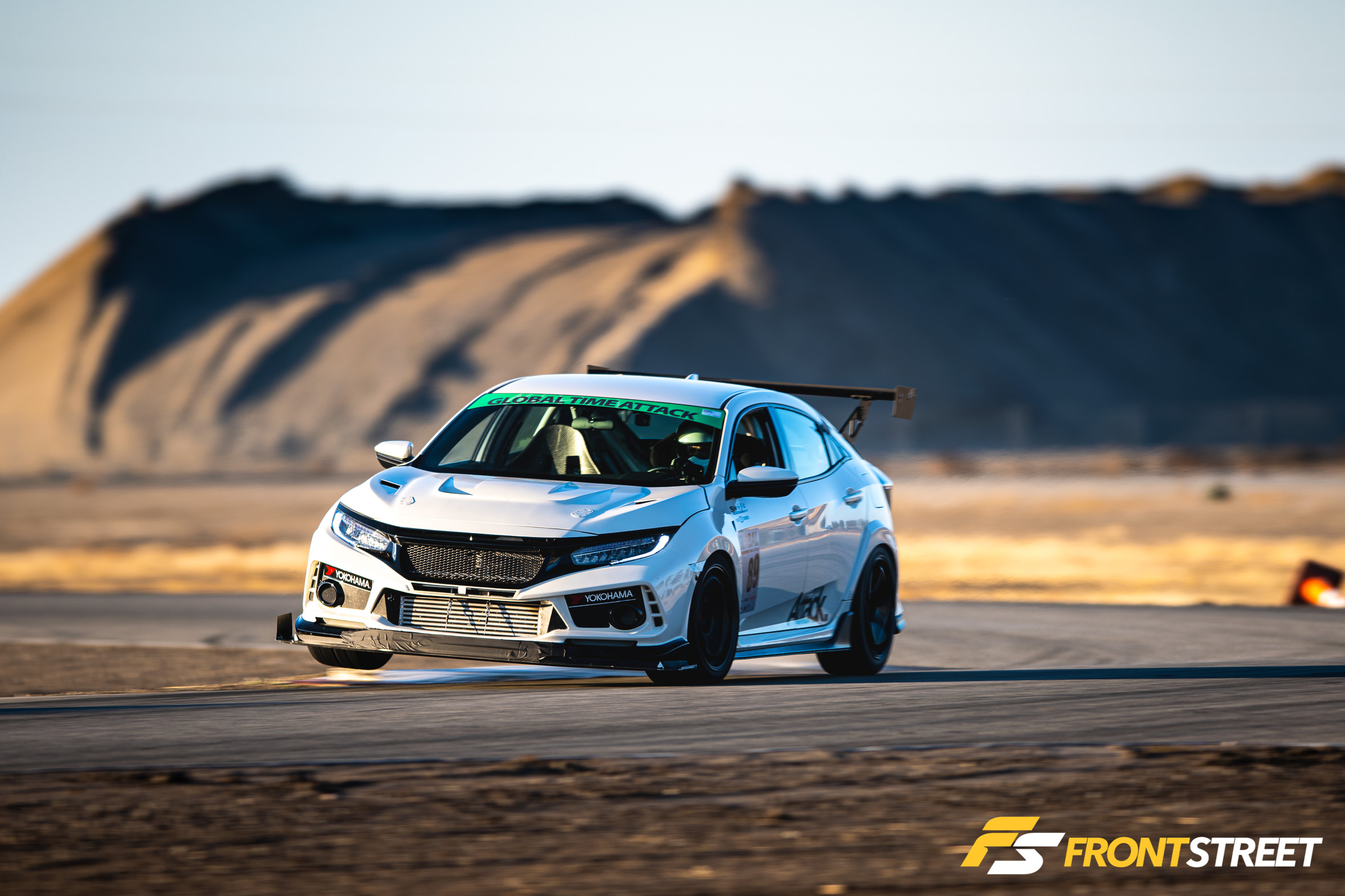
Amir and Shawn’s performances were both record-breaking (Shawn’s being a new Street Class AWD record), but not far behind them was Jose Mejia. The 1:50.674 run from his FK8 Honda Civic Type R earned him the title of Street Class FWD record holder.
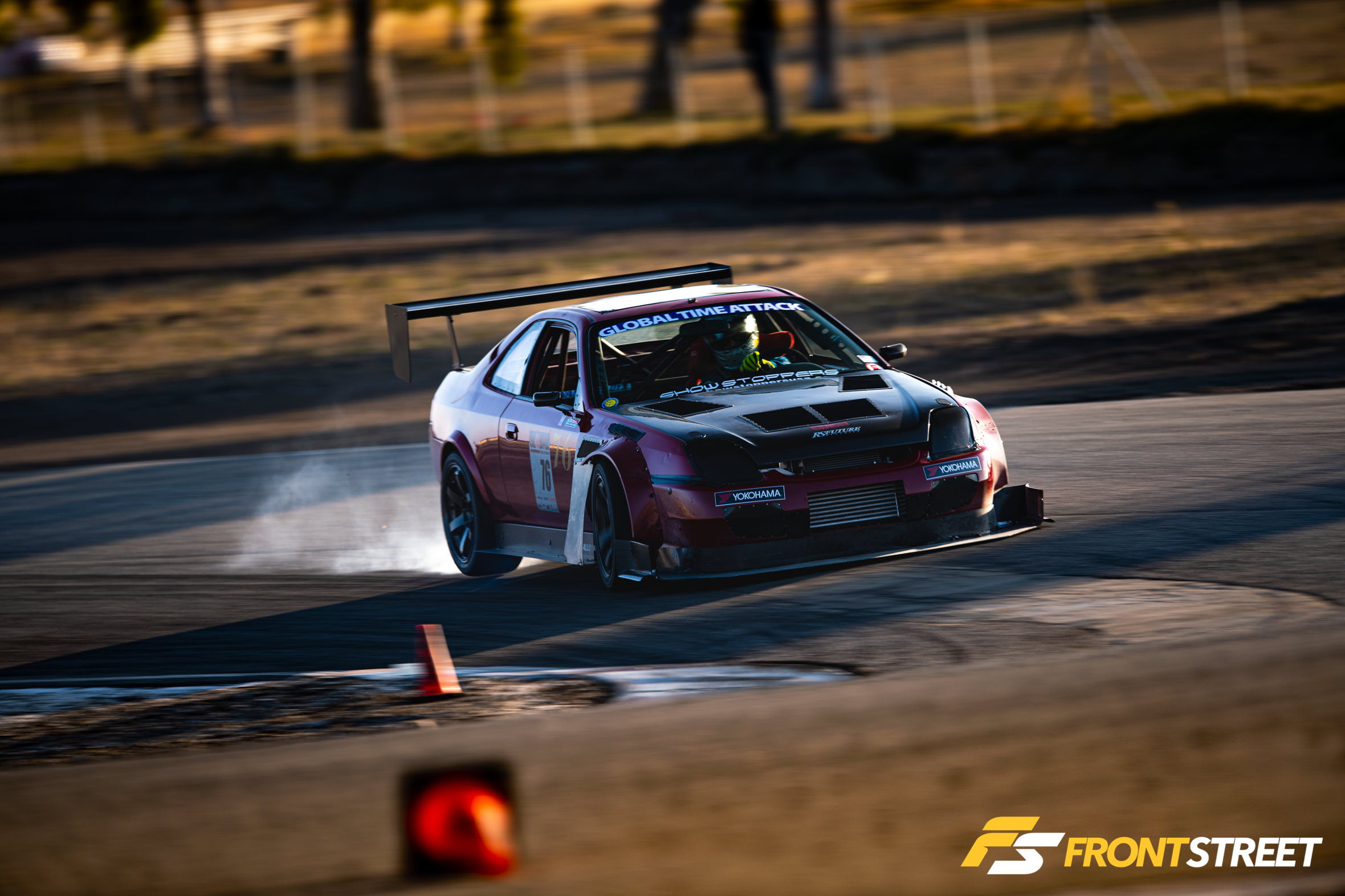
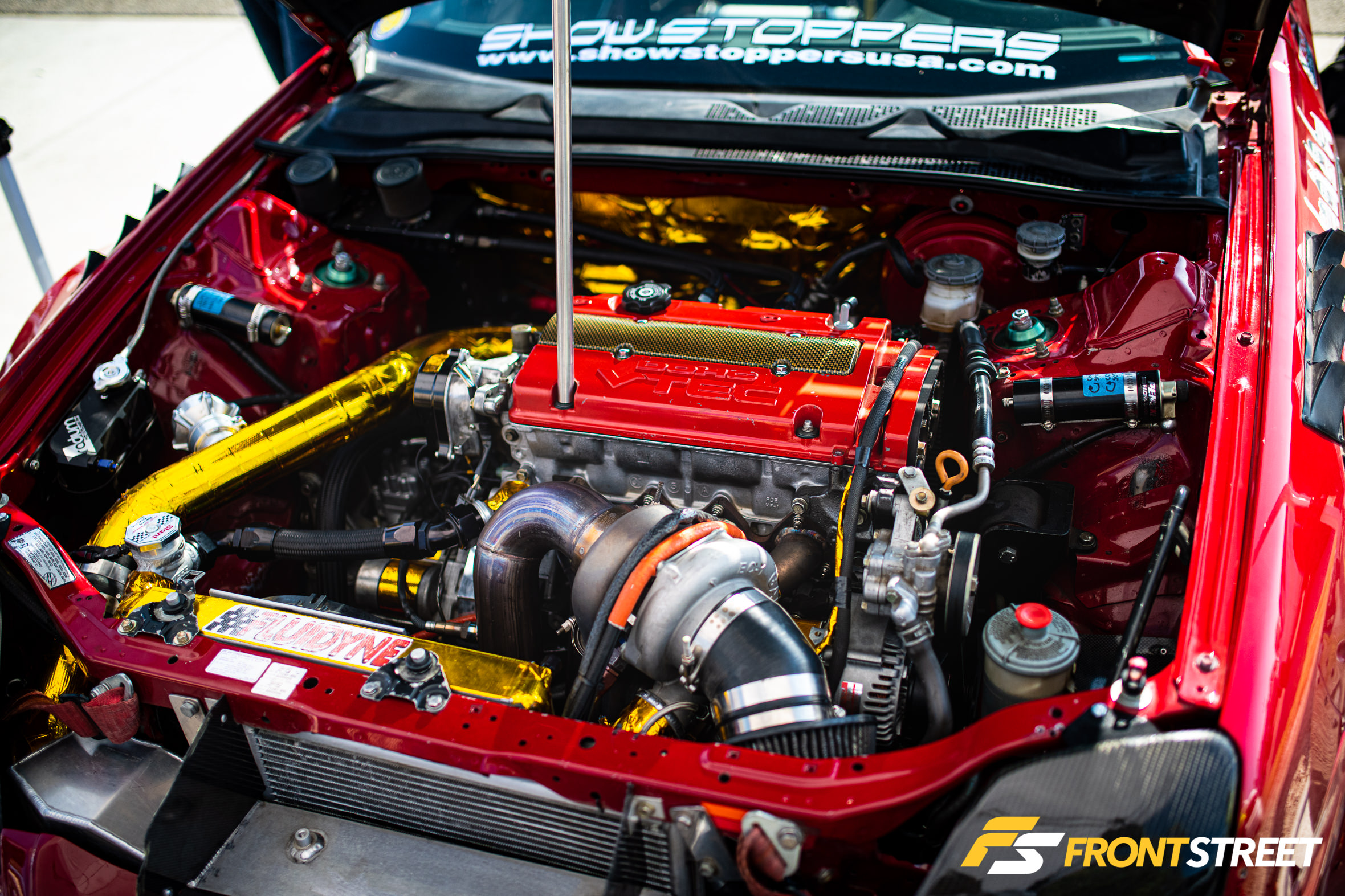
Feras Qartoumy’s Limited Class winning run was also a new Limited RWD record, but rewriting the FWD record in the same class was Cory Wells’ turbocharged, H-series Honda Prelude, clocking a fast 1:48.312 with Will Drees behind the wheel.
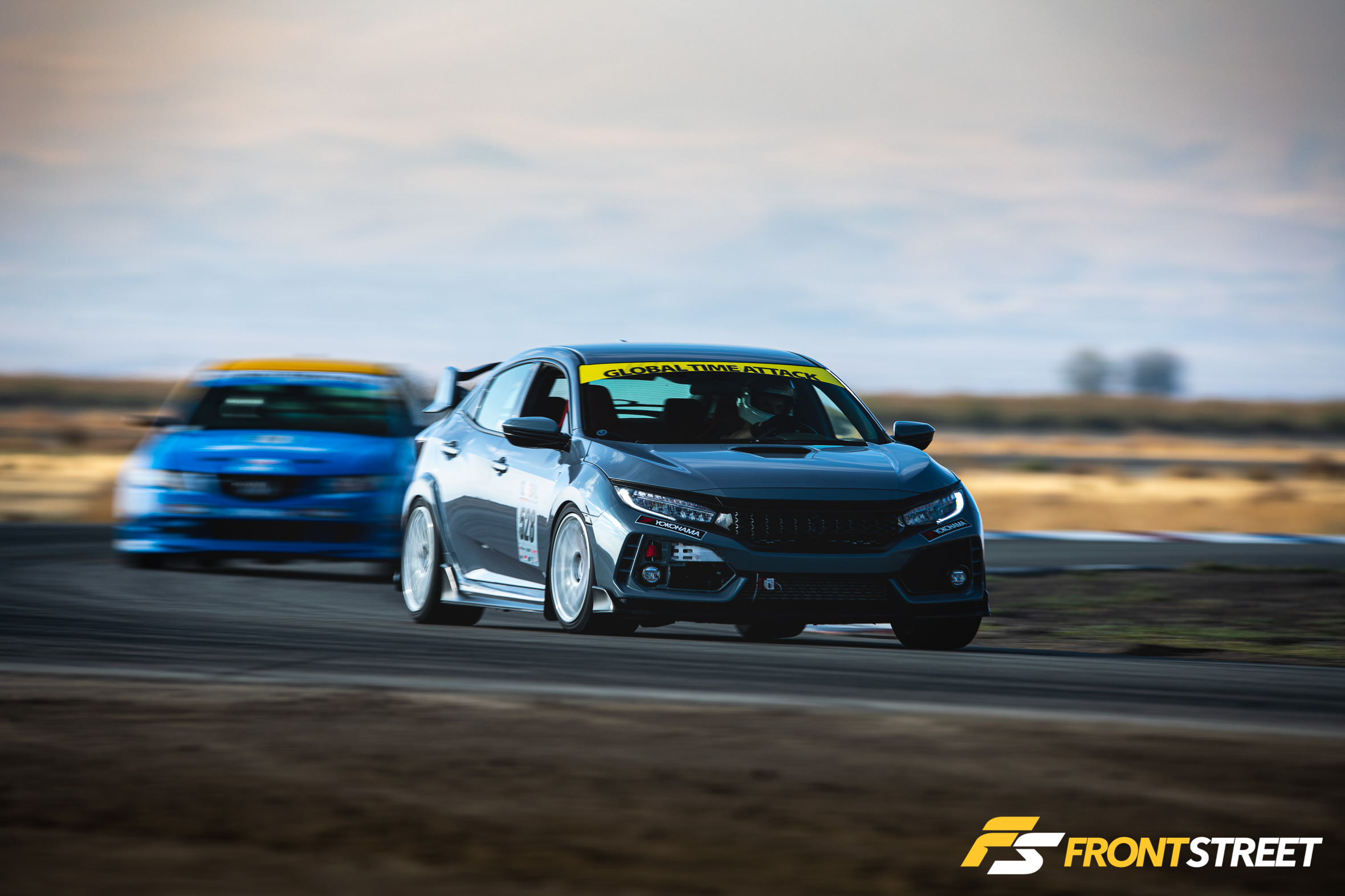
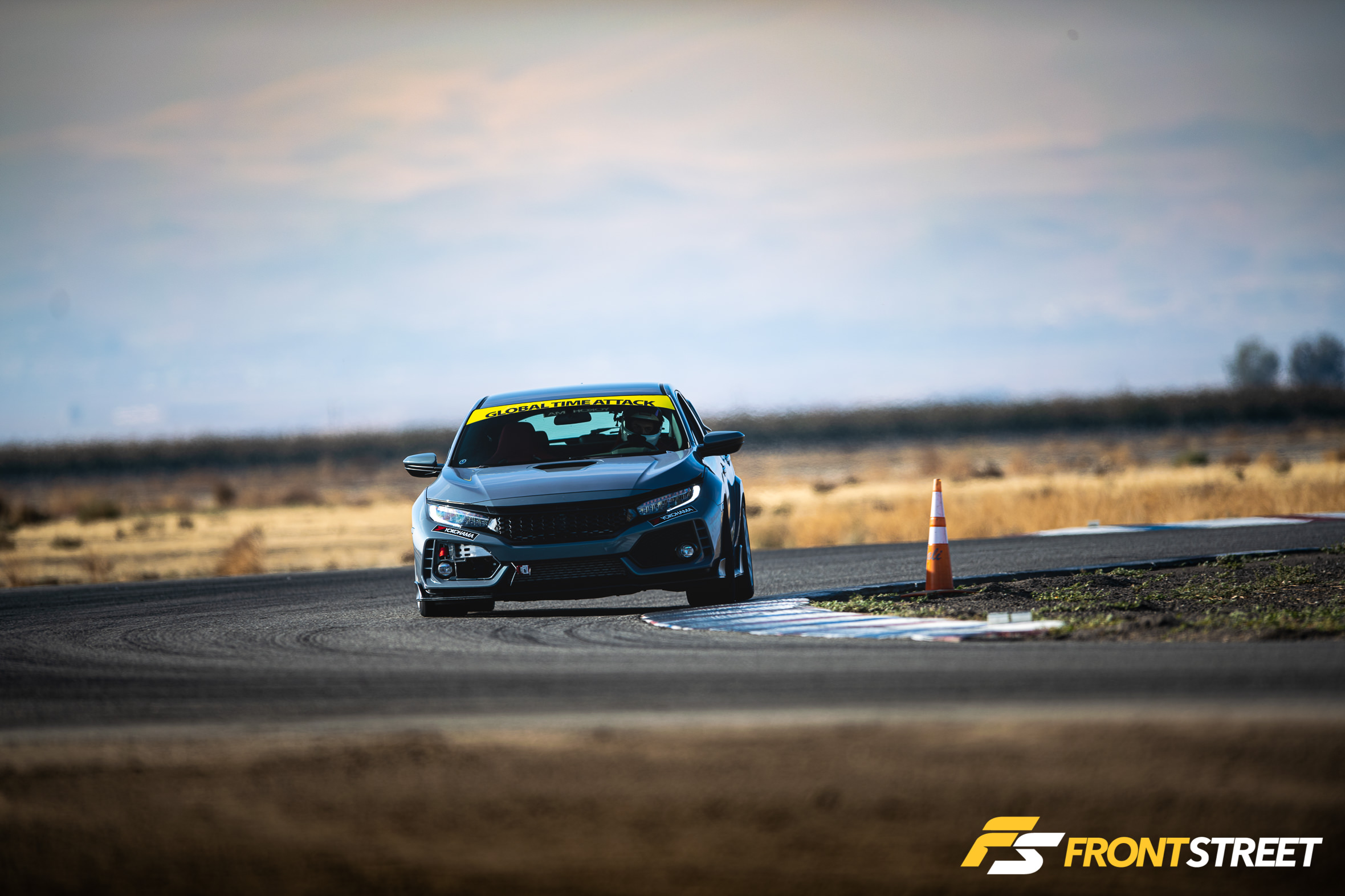
Record-breaking performances were even seen in the Enthusiast Class, where the top four finishers all clocked in under two minutes, including Noah Gaither. He piloted his Honda Civic Type R to a 1:59.364 and a new class FWD record.
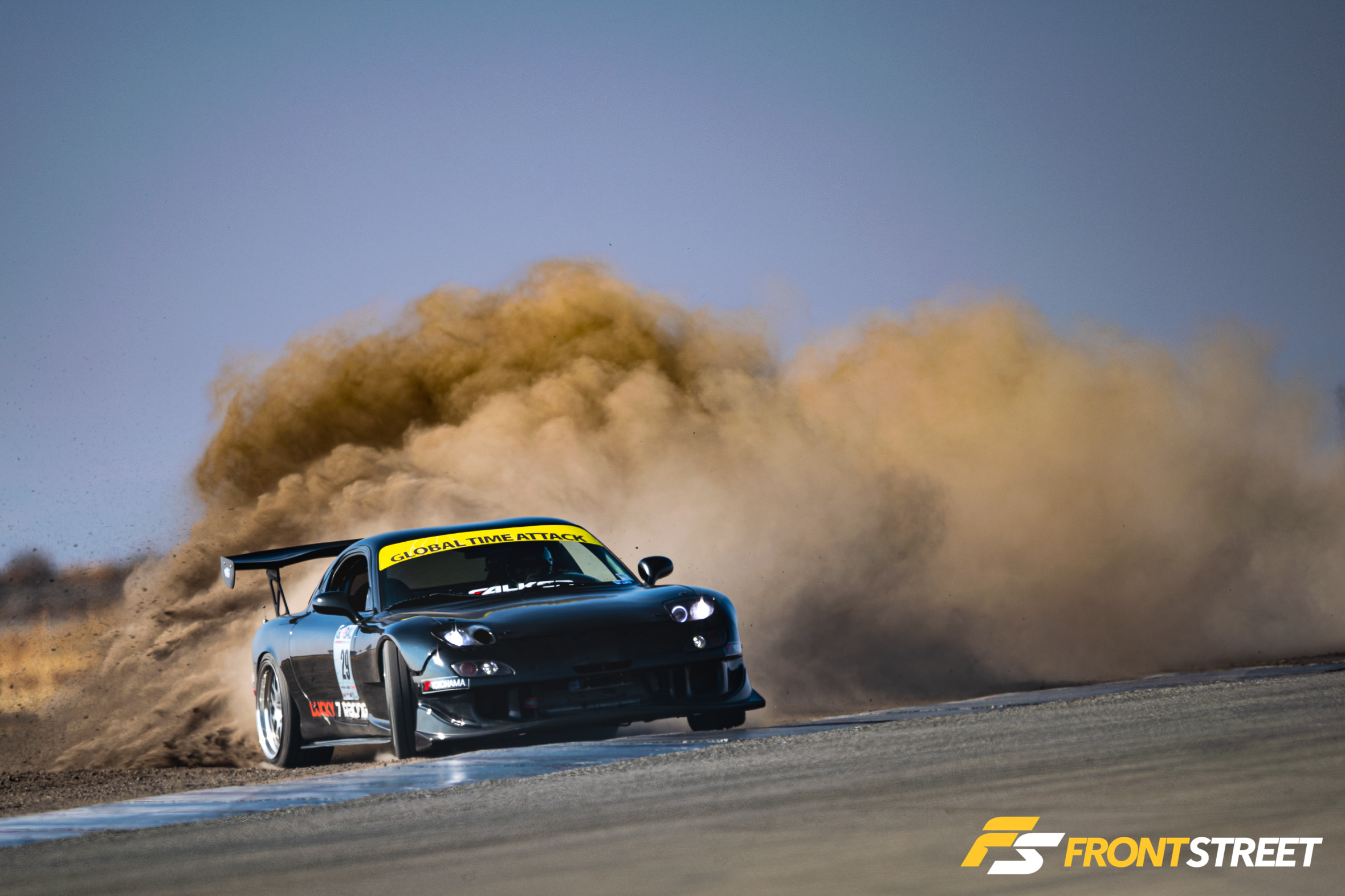
That’s seven class records reset and lots of valiant attempts in 2020 — a year where we were excited just to see some time attack racing.
Yokohama Partnership
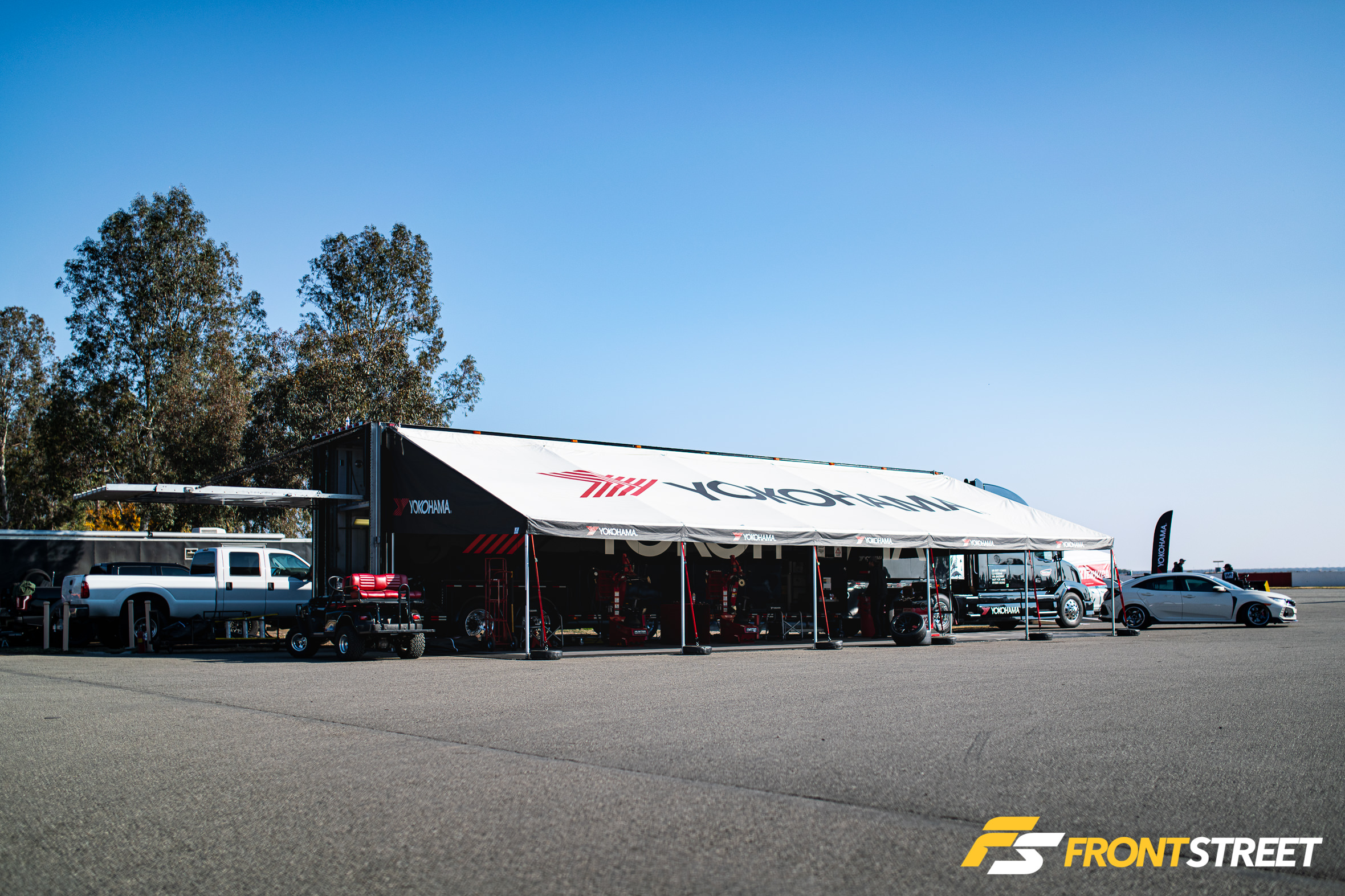
New for 2020 was Global Time Attack’s full partnership with Yokohama Tire and the mandate that all competing vehicles must ride on said rubber.
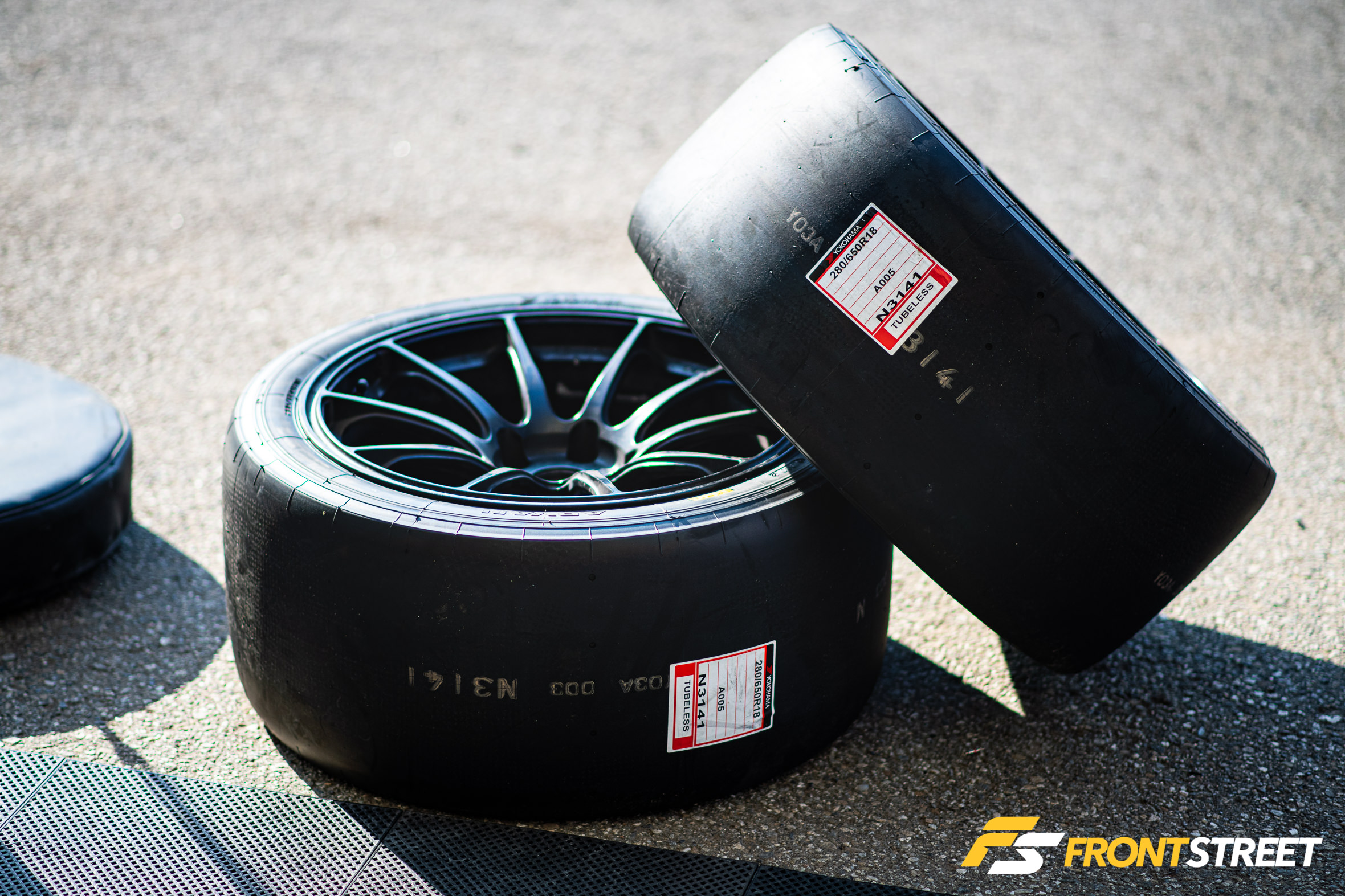
This partnership may have been initially met with mixed emotions, as drivers prefer their favorite (or most affordable) tires. However, this partnership opened up competition to the full range of Yokohama’s advanced tires – including the venerable A048 and A005 full racing slick. The move provided drivers in every class with plenty of range-topping options. Some with softer compounds than their classes had previously allowed.
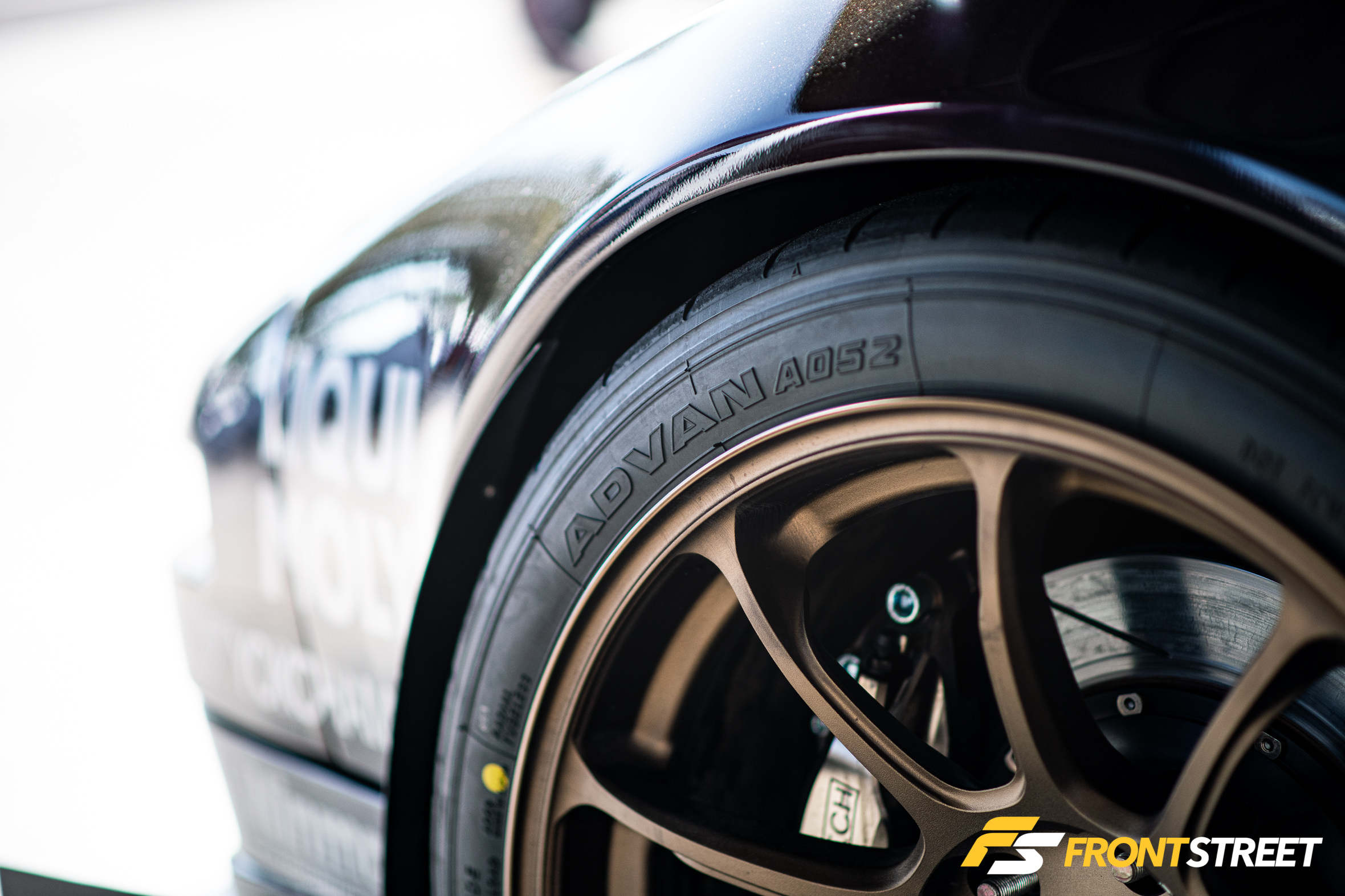
Say what you want about the performance benefits of some of the market’s newest and least expensive brands, but you may be hard-pressed to find them offering professional support at an event like this. Not Yokohama. They brought their full racing rig, staffed with tire techs and changing machines, and quietly assisted racers in every class with their tire changing/replacing needs.
Looking Ahead
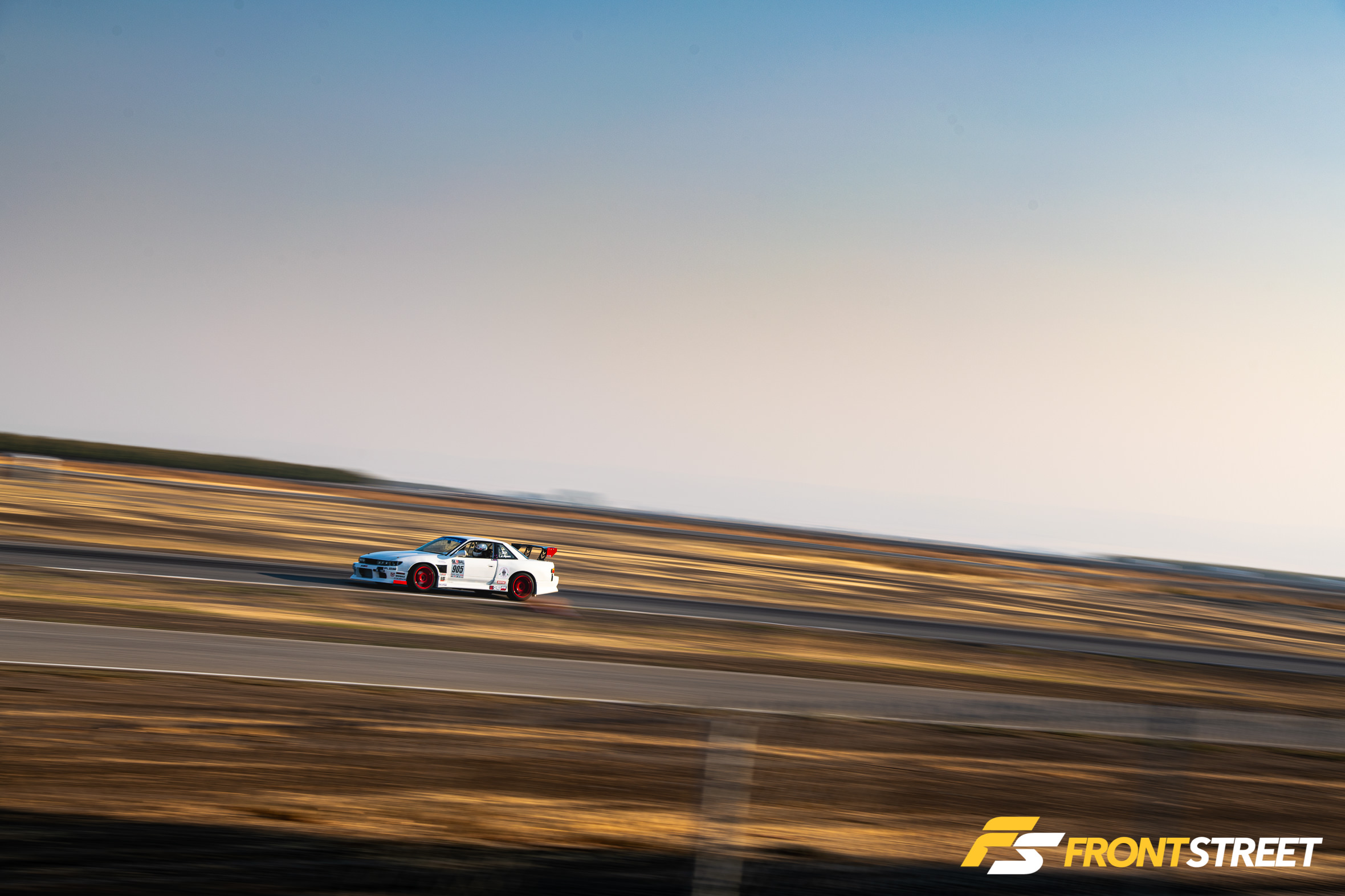
In my own humble opinion, 2020 proved several things with respect to time attack racing and the nature of the performance aftermarket as a whole. Chiefly, that those driven to win will find a way to press on and realize their goals, no matter the obstacle. Also, a little less traffic along the way is not necessarily a bad thing if it lets the best and brightest truly shine. Overall attendance for this season’s finale GTA event was down slightly in this pandemic year, but so were average lap times — by much greater margins.
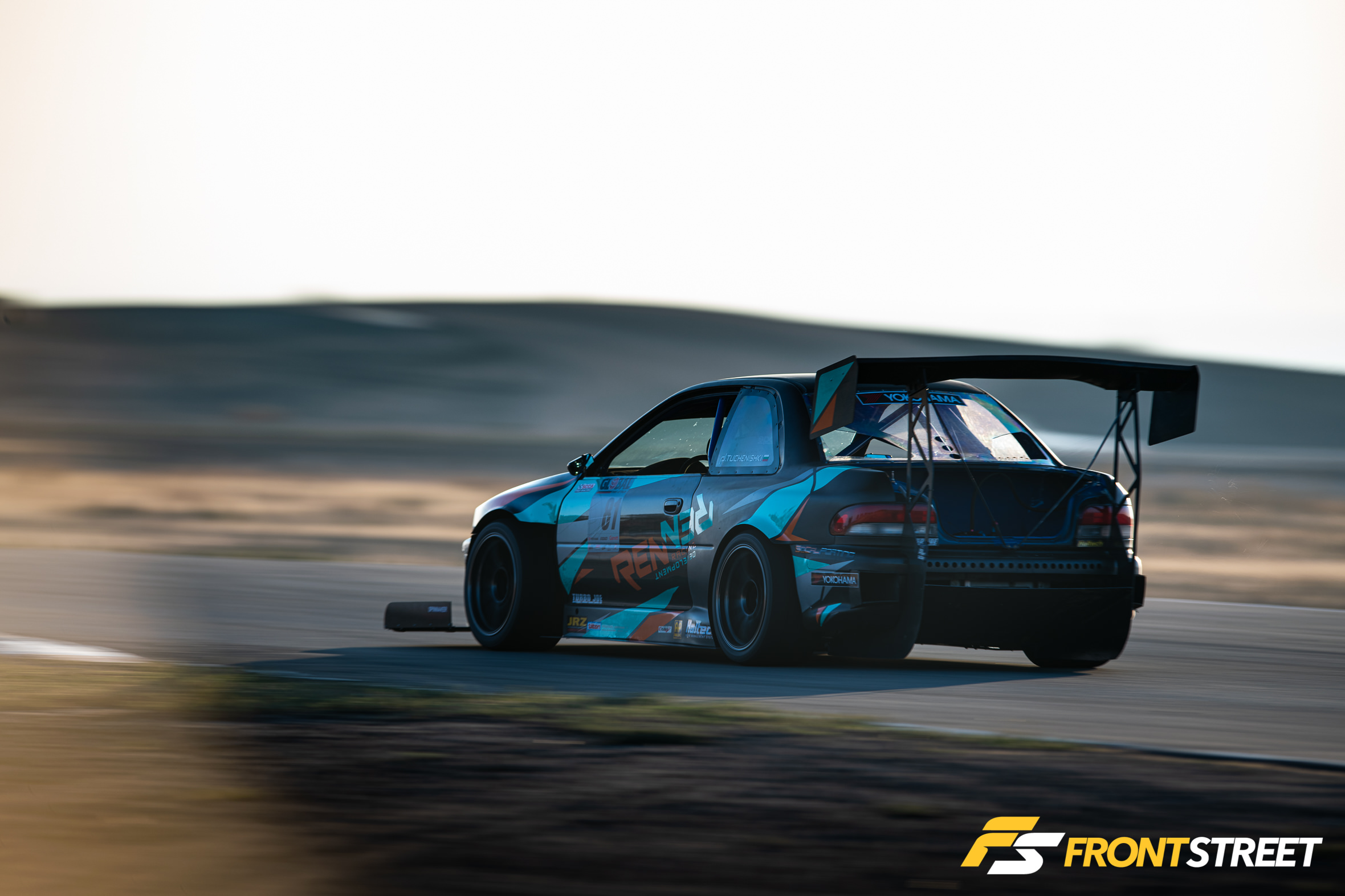
It proved that names like Haagsma, Tuchenishki, Qartoumy, Meynet, Bentatou, Krebsbach, and Mejia may sound unfamiliar but will likely prove to be household among time attackers in the near future.
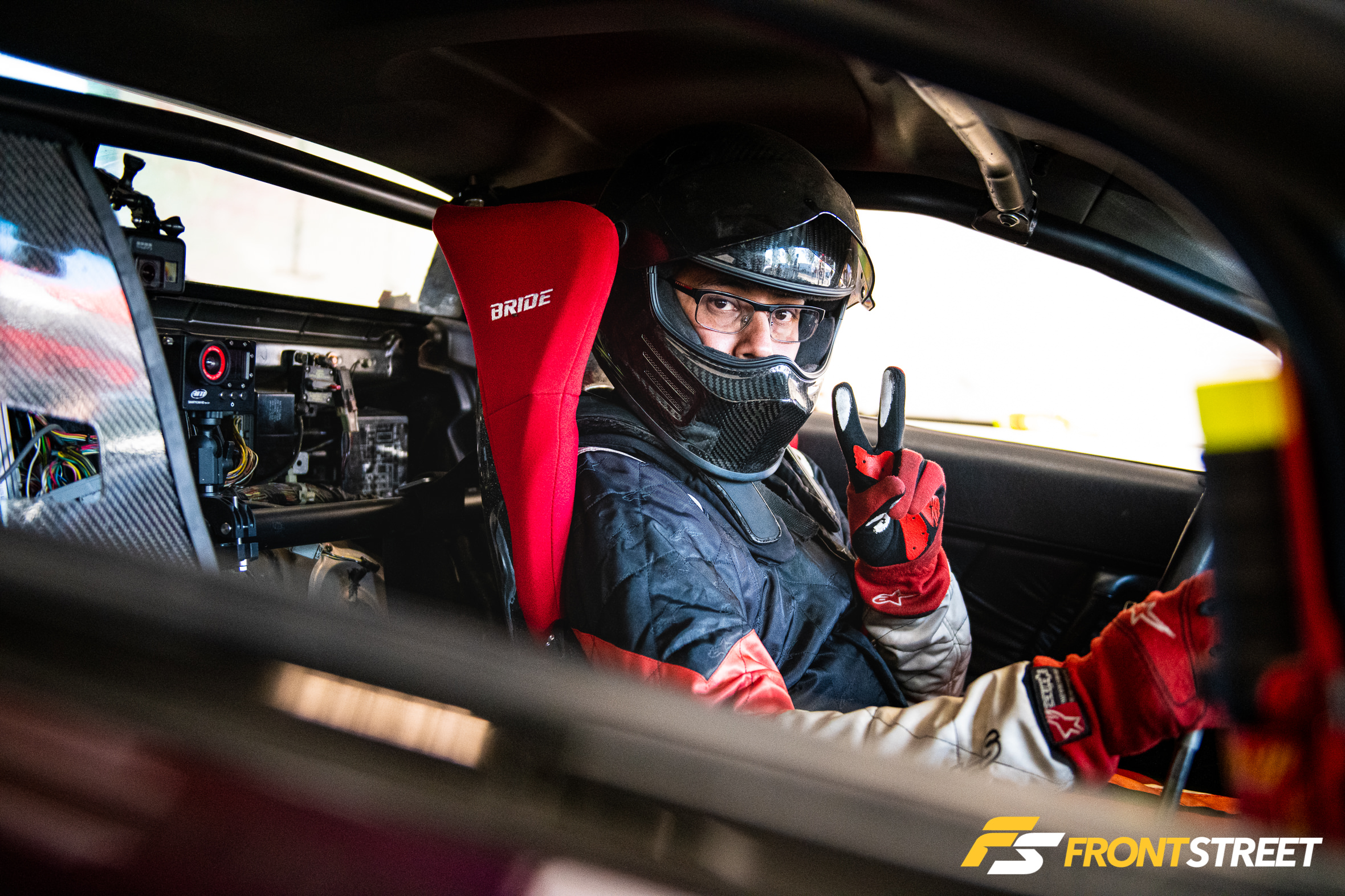
Most importantly, though, I think the performance put on by this year’s racers and the smoothness with which the event was put on by its organizers and directors shows that when the going gets tough, the truly tough get going. This would’ve been a very easy year to sit out, but Global Time Attack refused to rest on its laurels. I, for one, feel the sport of time attack — and everyone who participated this year — will be much better for it.
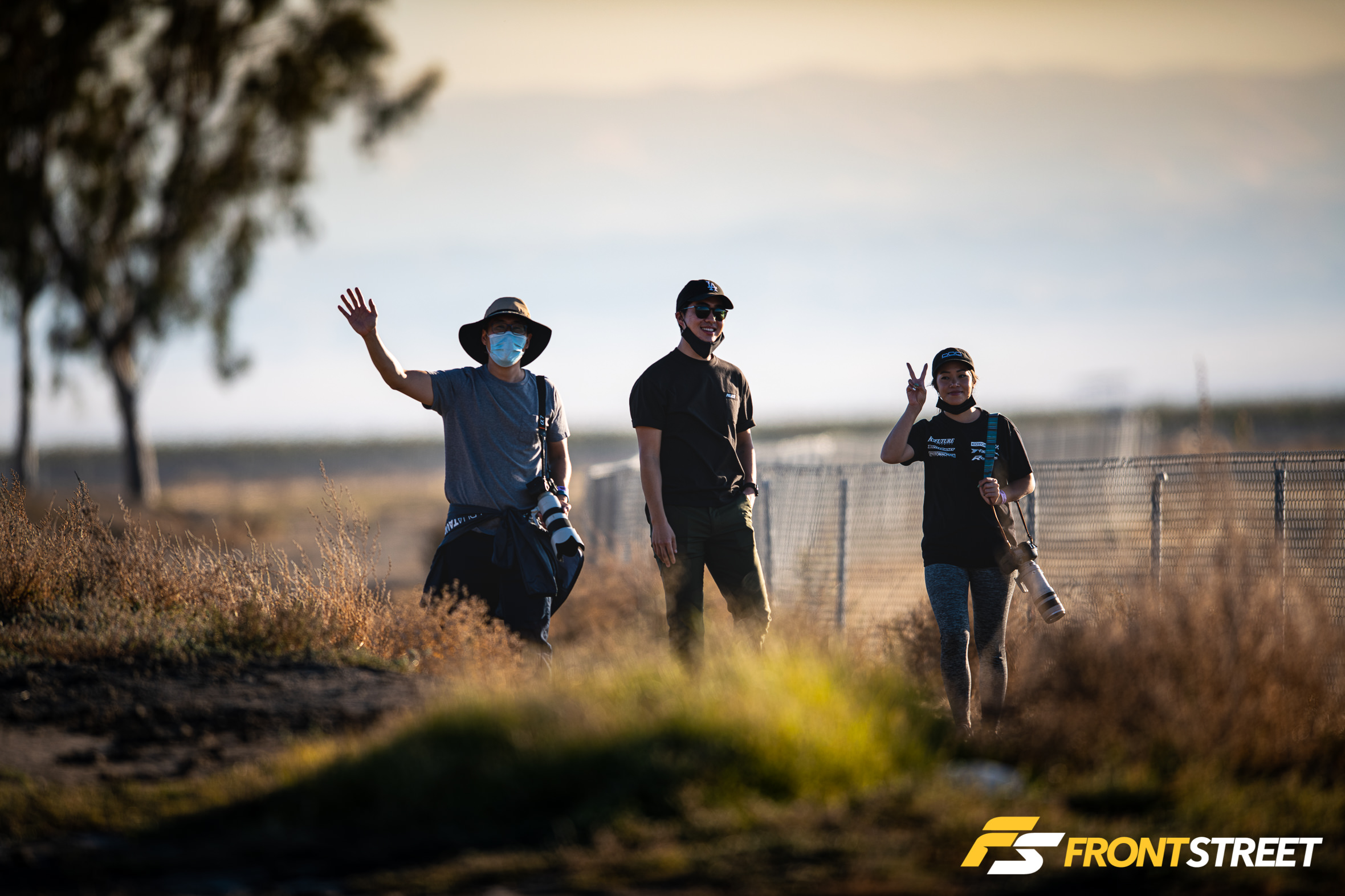
This season has come to an end, but the next is just beginning. Global Time Attack’s now-annual Super Lap Battle at Circuit of the Americas (COTA) will be underway in only two short months. We’ll be eagerly looking forward to what may well be another record-breaking stop in the ever-evolving world of time attack.
https://www.instagram.com/globaltimeattack/
https://www.instagram.com/lukemunnell/
https://www.instagram.com/frontstreetmedia/
























































































